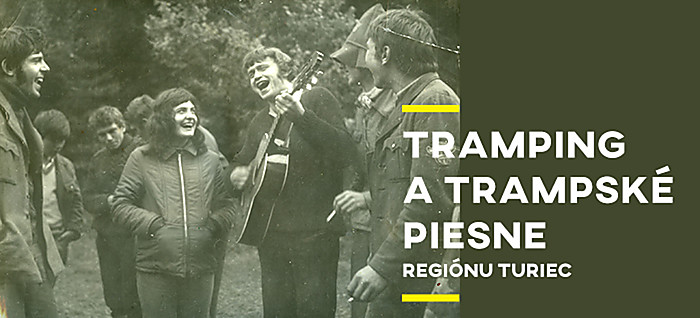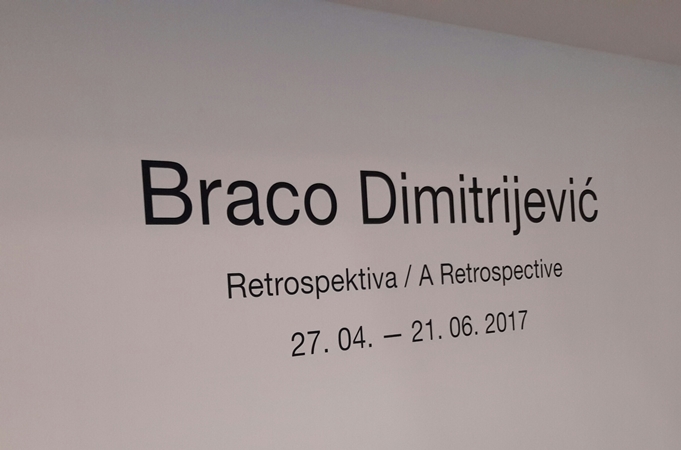
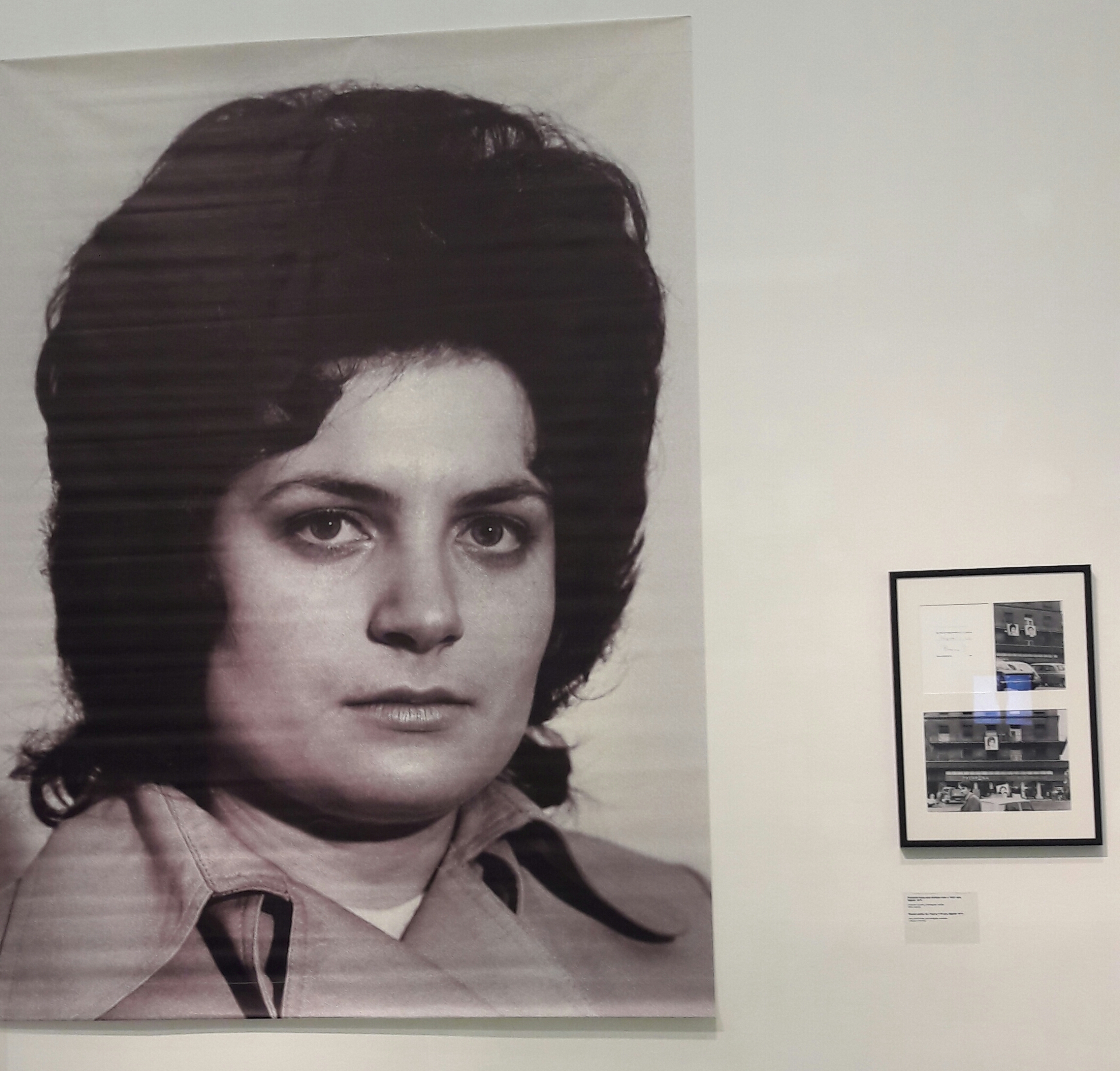


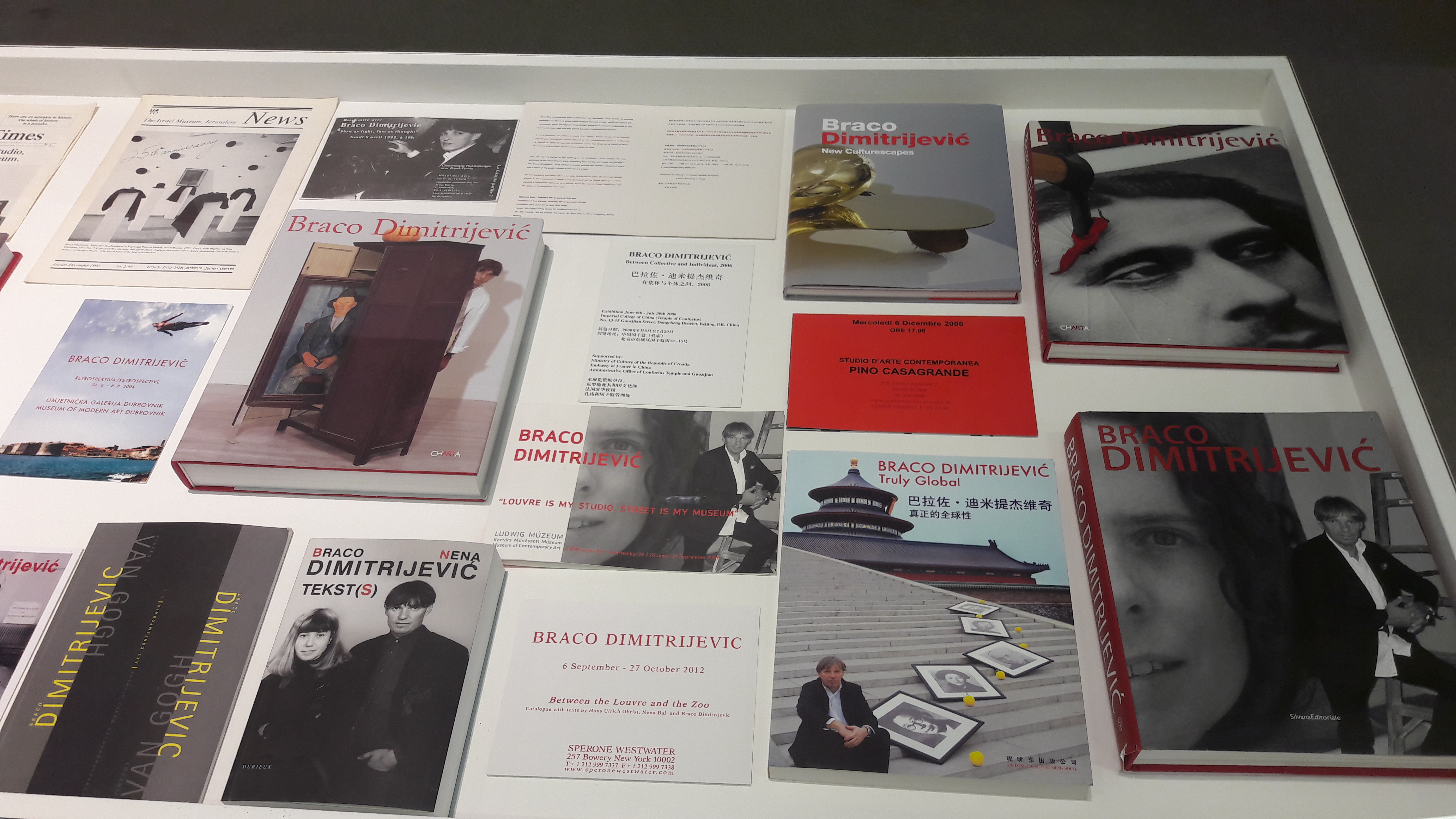
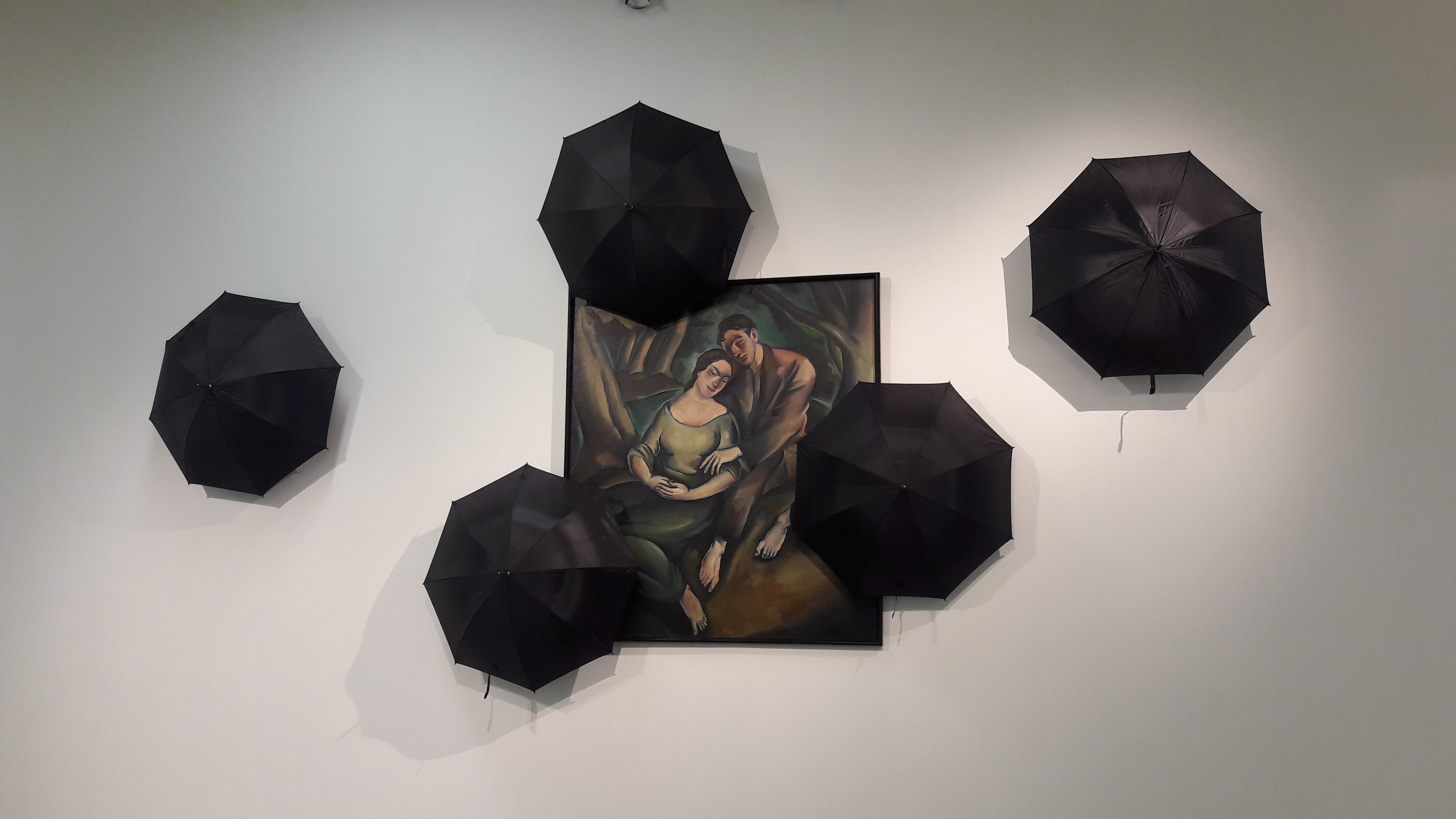
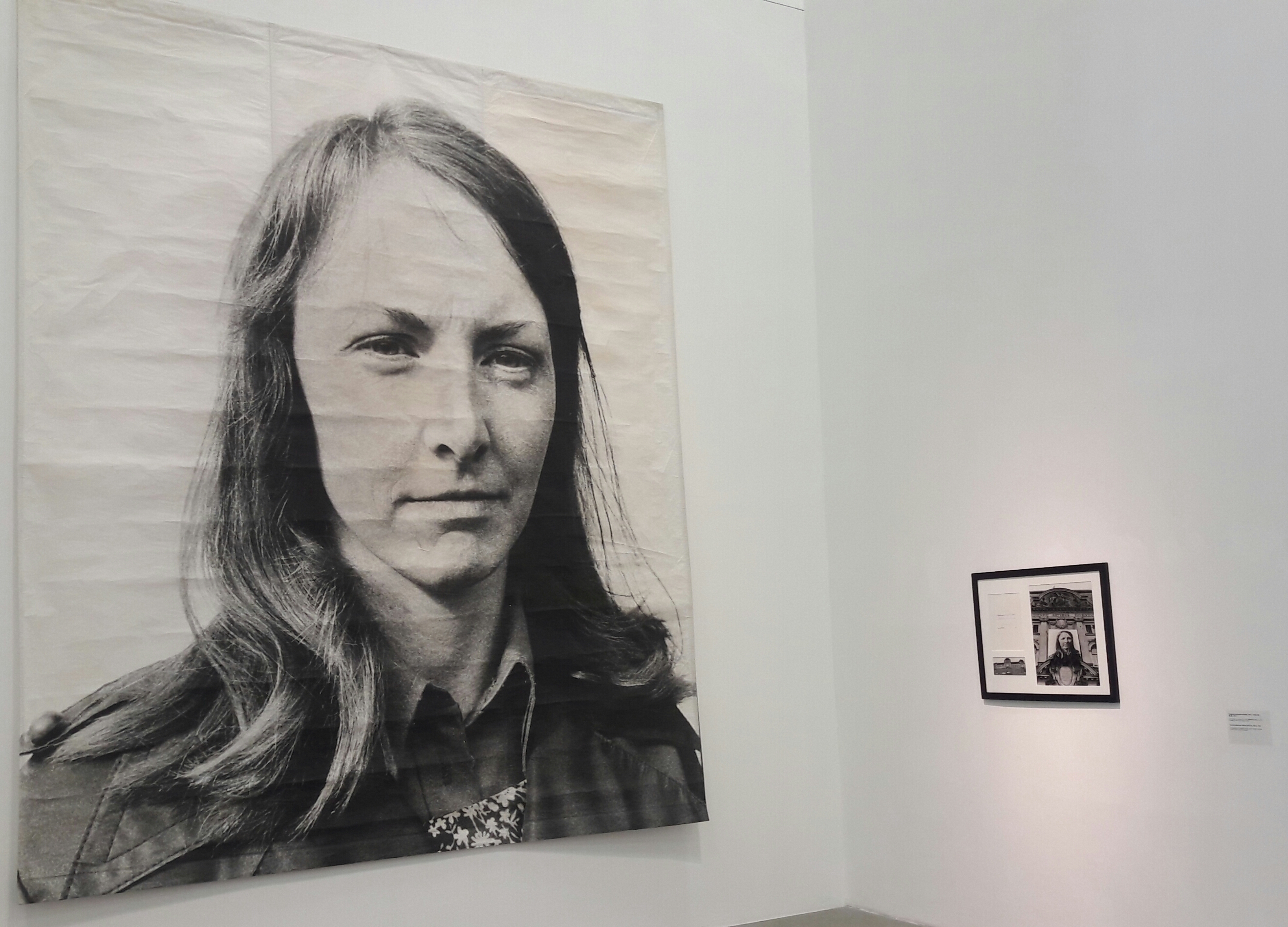
The retrospective exhibition "Braco Dimitrijević - Retrospective" was held in the Museum of Contemporary Art in Zagreb, from April 27 to June 21 2017. The exhibition covered all of the most important phases of Braco Dimitrijević's work, from his beginnings in the 1960s through the "Casual Passer-by" works and "Post Historical Triptych" to the latest works from the "LASCAUX 3000" cycle. A major part of the exhibition consist of works from the "Casual Passer-by" cycle, and the most important of these are those included in the COURAGE Project ad hoc "Casual Passer-by" Collection.
The exhibition aroused great interest not only in art circles, but also in the media and the general public, and was also accompanied with a respectable catalogue of almost 400 pages, in which works from the ad hoc "The Casual Passer-by" Collection were also presented.


This collection combines different types of materials in three groups: oral stories from different generations of Roma individuals, written testimonies from representatives of the Roma population (e.g., petitions, institutions) and government documents regarding the Roma.
The objective of the book, through emphasizing individuals’ life stories, is to present the Roma not as simply objects of history, but as subjects of historical action. Here the personal experiences of major historical events are regarded as "an important starting point in the search for a common historical memory across the generations" of the 20th century. The volume emphasizes the importance of Roma culture to the development of Bulgaria’s overall historical memory. The second part of the book consists of transcripts of selected documents written by Roma members which are kept in archives. This part mostly includes official applications, and petitions. The published documents highlight important cases where Roma interacted with institutions, especially with regard to the Bulgarization of names and other violations of the traditions and dignity of the Roma. They also highlight the strategies that Roma pursued in their attempts to preserve their rights. The editors of the collection highlight the small number of such documents as an indicator of the "absence of dialogue between the population and the institutions"
The third part of the book gives an overview of the policies of the socialist state towards minorities in general and the Roma specifically. It shows the goals and means of state policies and the attitudes of the authorities towards the Roma minority during communism. These policies have had a broad public impact which continues to this day.
The editors consider this publication to be the starting point of the Roma Archive digital collection’s future development.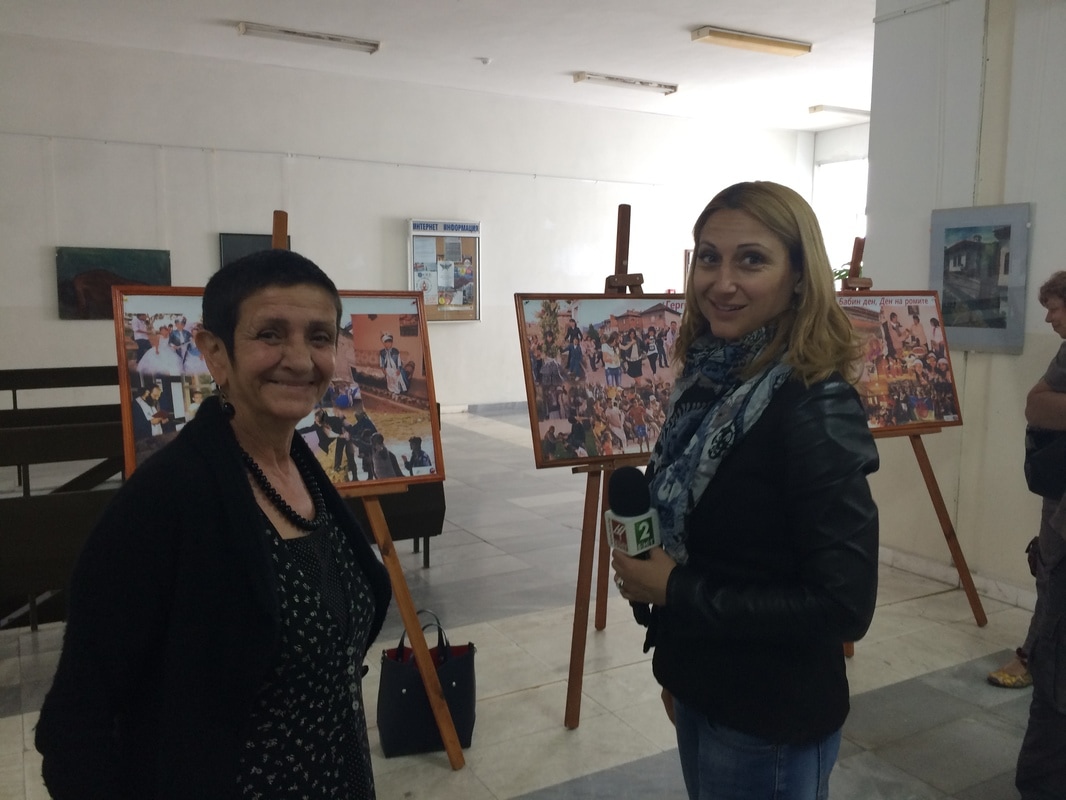

The student conference, the exhibition, and the press conference received great attention, both in the university community of students and faculty and among the wider general public.
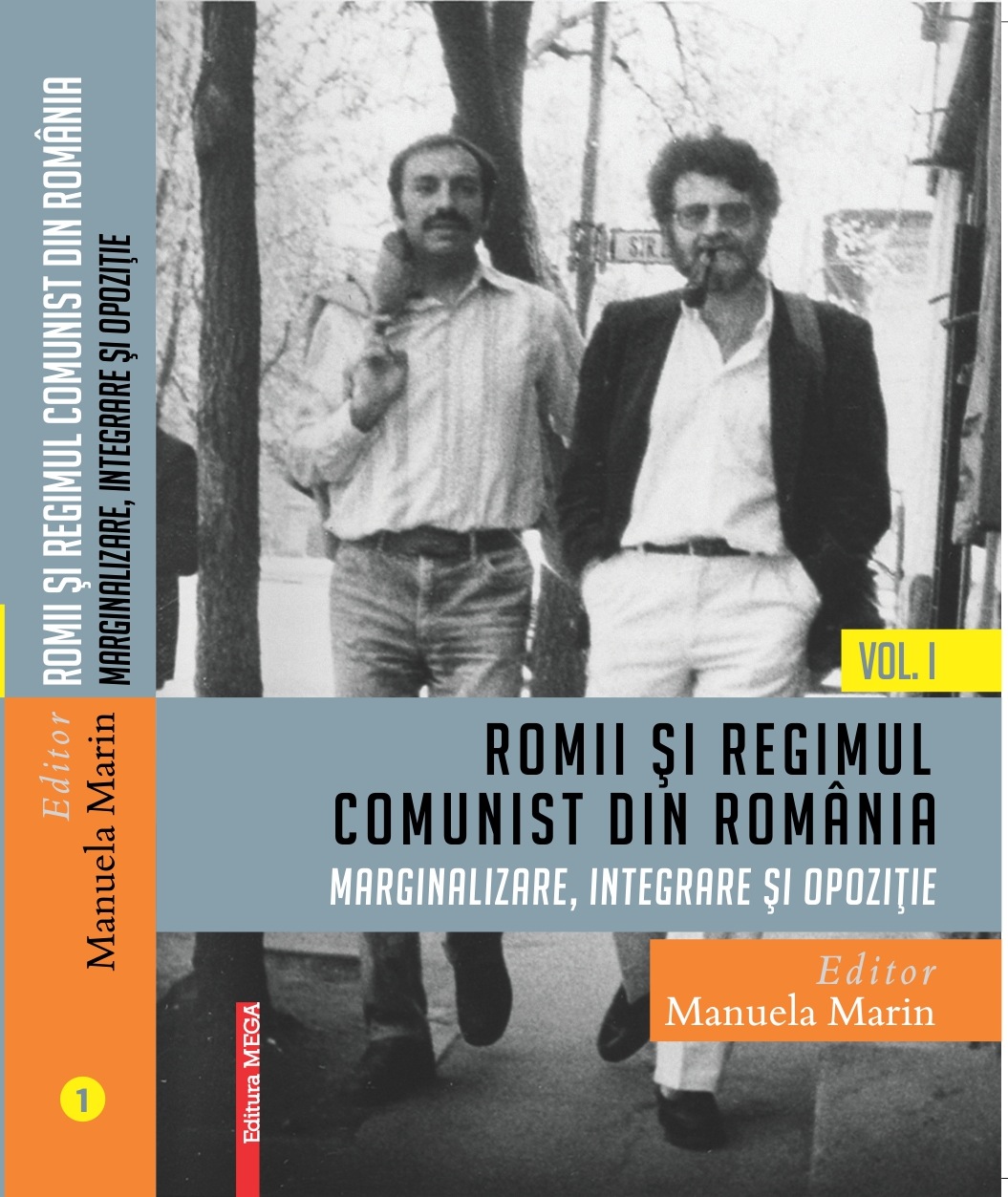

 Publication: Manuela Marin, ed. Roma and the communist regime in Romania: Marginalization, integration and opposition, in Romanian, 2017. Book
Publication: Manuela Marin, ed. Roma and the communist regime in Romania: Marginalization, integration and opposition, in Romanian, 2017. Book
Romii și regimul comunist din România: Marginalizare, integrare și opoziție (Roma and the communist regime in Romania: Marginalisation, integration, and opposition), which Manuela Marin edited and published in 2017, is based on more than two years of research on Roma people in communist Romania. It comprises over 1,000 pages of documents organised in two volumes. The documents were created by the state authorities, especially by the Romanian secret police, the Securitate, and approach various aspects of the life of the Roma between 1948 and 1989. Besides general topics relating to their social and economic situation, local structures of leadership, and traditions and customs, they also describe the activity of several Roma leaders, such as Nicolae Gheorghe and Ion Cioabă.
The selected documents which also form a great part of the Ad-hoc Collection show how Nicolae Gheorghe became preoccupied with the situation of Roma people, what the results of his researches were, and how with the help of his friend, Ion Cioabă, he lobbied the Romanian authorities to grant the Roma the status of a national minority. The volume also captures the way in which the issue of Roma marginalisation and discrimination in communist Romania brought Nicolae Gheorghe into close relations of collaboration with transnational Roma organisations. Consequently, it underlines how the leaders of these international organisations and renowned Roma activists, put additional pressure on the communist regime to cease its campaign of forced assimilation and to grant Roma people equal rights to those enjoyed by other national groups. Another topic that helped Nicolae Gheorghe and Ion Cioabă to build transnational ties was the compensation that Roma deported during World War II were entitled to receive from West Germany. Thus, Gheorghe, alone or with Cioabă, not only tried to convince the Romanian authorities to officially endorse their actions, but at the same time obtained the invaluable support of some international Roma organisations, which, in their turn, put pressure on West Germany to consider paying compensation to the deported Roma.
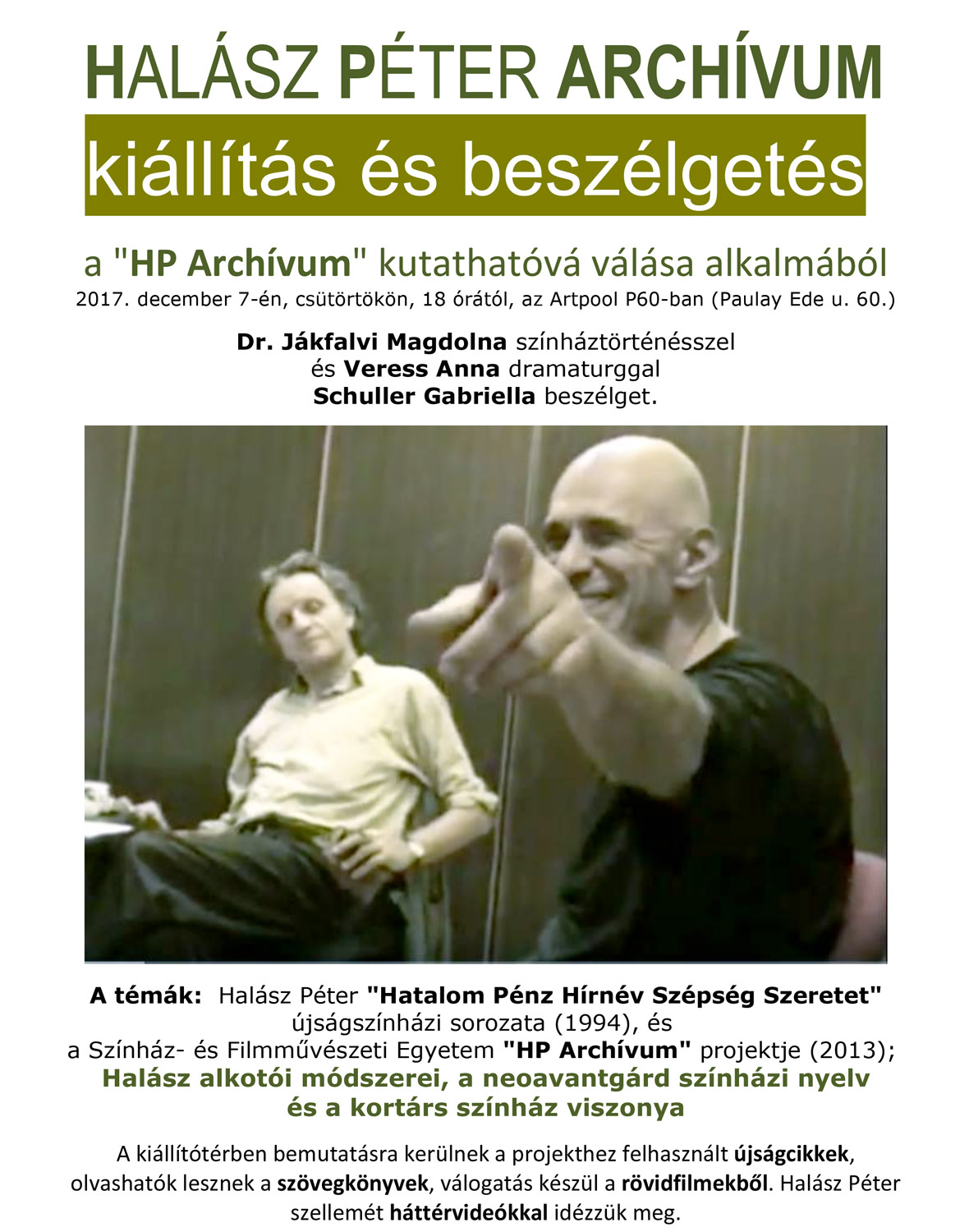


Péter Halász’s archive was opened to researchers in 2017. On this occasion, an exhibition and roundtable were organized about the avantgarde writer, director, and actor’s works showing documents from the HP archive. The archive is based on Péter Halász’s so-called newspaper-theater performances, titled “Power Money Fame Beauty Love,” which was composed in the Kamra Theater in Budapest in 1994. The actors read the page-proofs of one of the main daily newspapers, Népszabadság (People’s Freedom), the night before publication. Inspired by the news, they created a play which was shown only once, the following evening, when the readers received the paper. 28 performances were created in this manner. In 2003, the undergraduates of the University of Theater and Film Arts of Budapest collected the articles, playbooks, reviews, and video records about the plays and based on these documents they made short films, as well. The whole documentation of this project was given to Artpool. This became the HP archive.
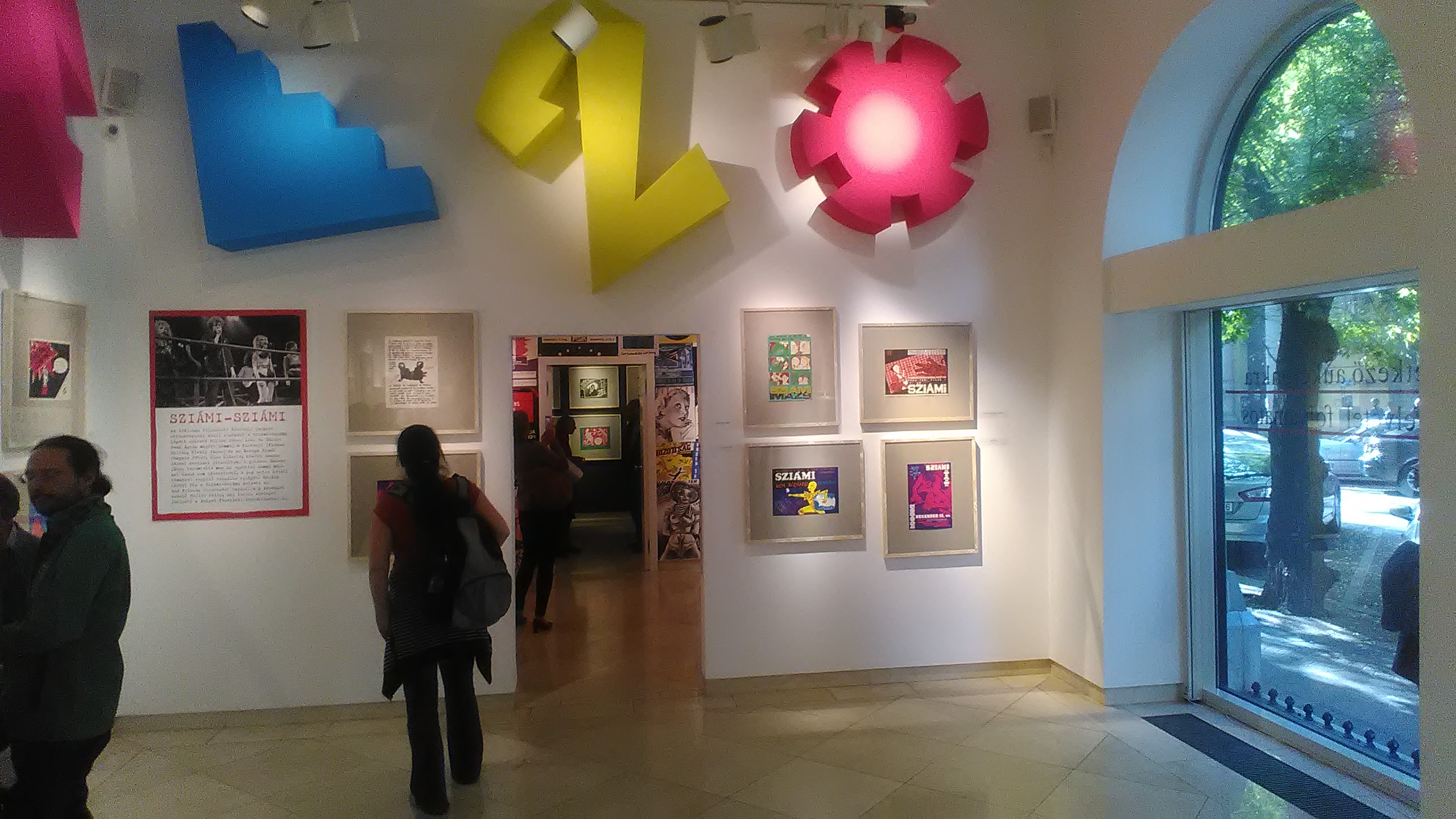

The exhibition “Infernal Golden Age” borrowed its title from the song “Pokoli Aranykor” by the new wave band URH, founded in 1980. The song was performed at the vernissage that became a significant event in Budapest nightlife: many members of the former underground mingled here with today's artists and youth that include contemporary punks. The colorful interior design units on the walls were inspired by figures appearing on the posters themselves. The exhibition was documented in a catalogue edited by art historian Gábor Rieder.
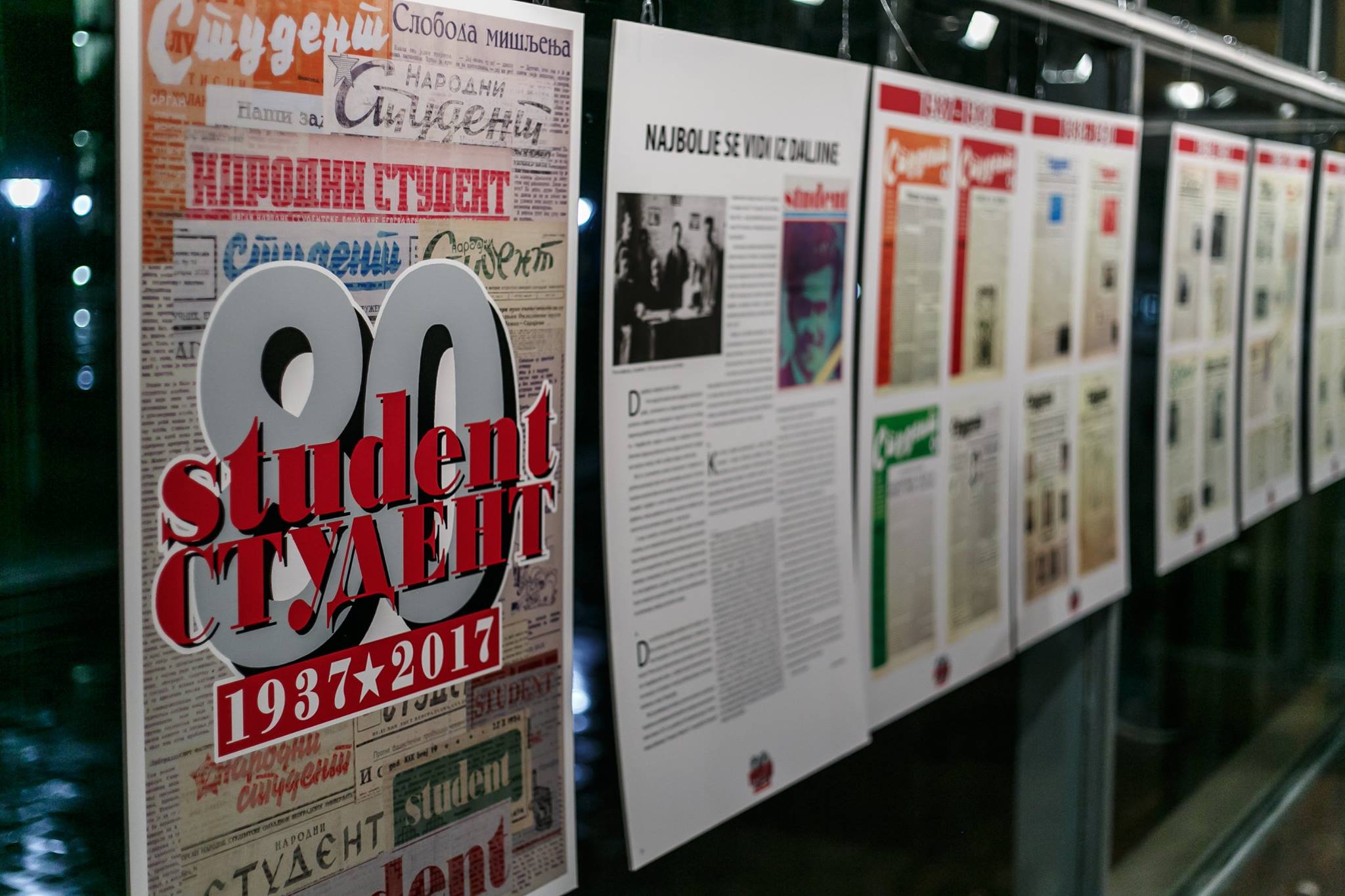

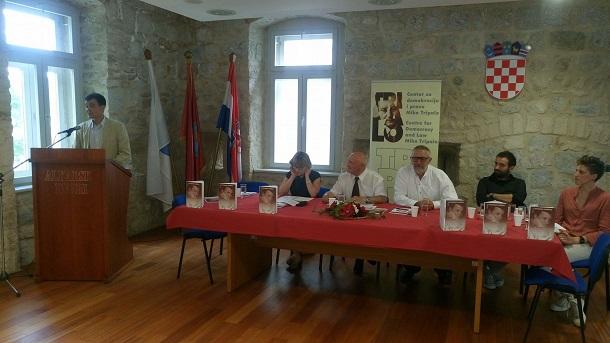

In 2015, the Centre for Democracy and Law Miko Tripalo launched "Tripalo Days in Sinj" as an event dedicated to scholarship and professional research. In 2017, Tripalo Days in Sinj addressed the topical theme of developed democracy/open society. The book by Miko Tripalo, The Open Society, was presented to the public for the first time. For the first time anywhere, the book presents Tripalo's notes and comments on the book by Karl Popper, The Open Society and Its Enemies.
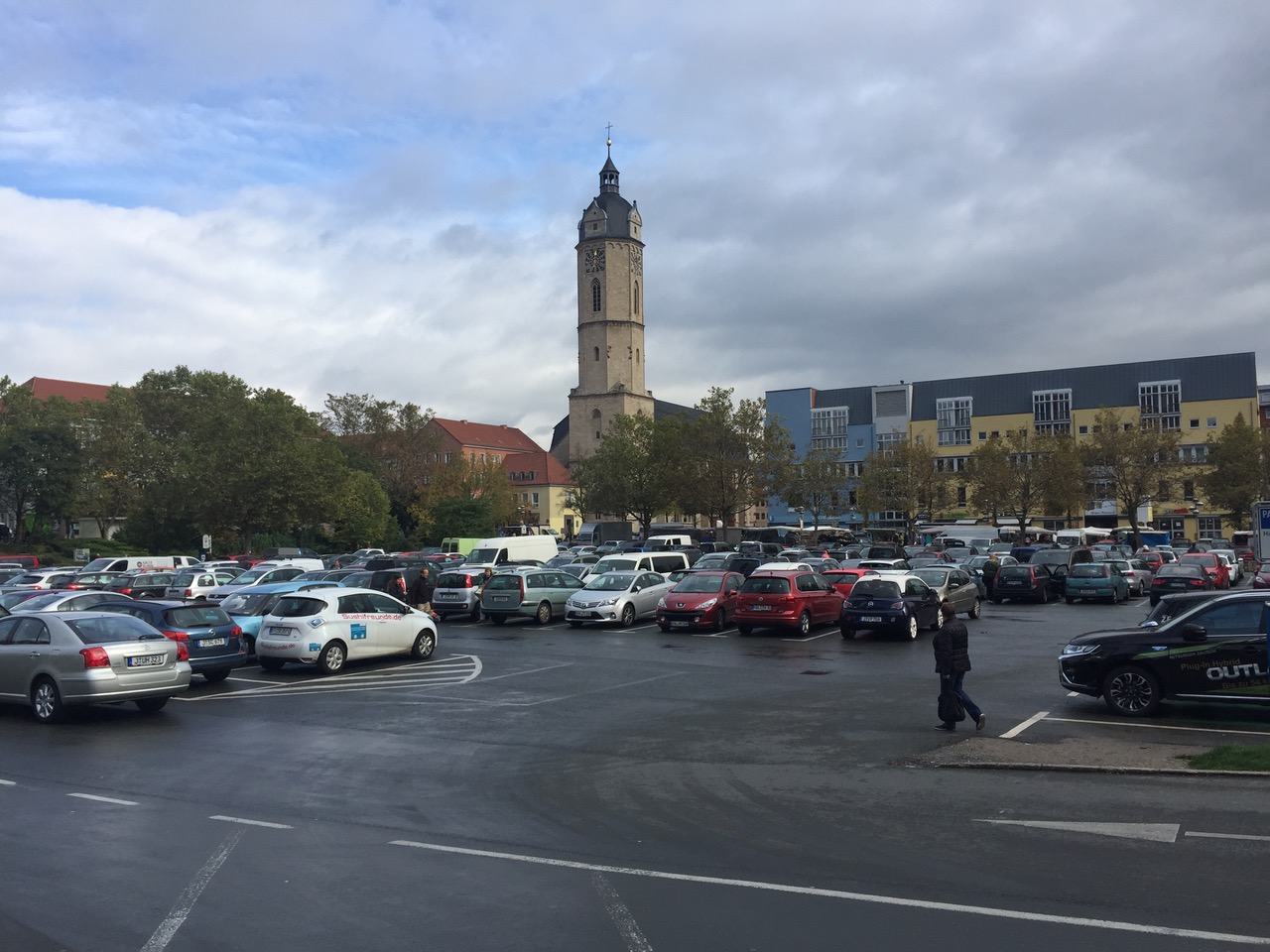

 Publication: Kessler, Erwin. Sorin Costina. Ucenicie printre arte (Sorin Costina: Apprenticeship among arts), 2017. Book
Publication: Kessler, Erwin. Sorin Costina. Ucenicie printre arte (Sorin Costina: Apprenticeship among arts), 2017. Book
On the occasion of the exhibition “Apprenticeship among arts: Sorin Costina collector,” organized by ARCUB, a volume was launched that analyses both the profile of the Bucharest exhibition of works selected from the Sorin Costina collection and the specific character of the complete art collection owned by Sorin Costina. The editor-coordinator of the volume is Erwin Kessler, one of the most well-known Romanian aestheticians and curators, and has a title corresponding to that of the exhibition. It was published in a Romanian–English bilingual edition by the Vellant publishing house in 2017.
Of the specific character of the collection, Erwin Kessler writes: “Through the ambitious profile of his collection and its scope in relation to the cultural geography of Romanian art, not to mention the number of pieces (which approaches 1,000, bringing together painting, sculpture, ceramic, and drawing), the Sorin Costina collection stands out as the most consistent, significant, and representative collection of Romanian art of the 1970 to 1990s. It is a sort of (reified) treatise on the Romanian art of the period after the prescription of socialist realism, a codex of Romanian art created outside (but not so much opposing as ignoring) the dogmas of official art, in which may be recognized almost all the names that made up (then) and make up (now too) the canon of Romanian contemporary art.” The volume also includes a postface by Sorin Costina and a catalogue of the Sorin Costina Collection by Carola Chişiu, together with high-quality reproductions of the most representative pieces in the collection.
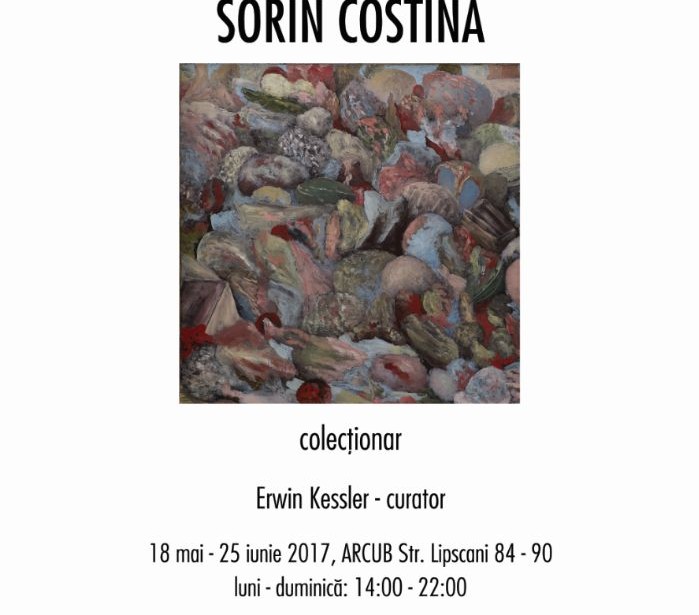

Between 18 and 25 May 2017, the exhibition “Ucenicie printre arte: Sorin Costina colecționar” (Apprenticeship among arts: Sorin Costina collector) was held in Bucharest. The event was organised by the public cultural service ARCUB – the Cultural Centre of the City of Bucharest, which provided free public access to the exhibition. Among the artists whose works were on display were Corneliu Baba, Horia Bernea, Ștefan Bertalan, Paul Gherasim, Ion Grigorescu, Florin Mitroi, Paul Neagu, Florin Niculiu, Ion Dumitriu, Constantin Flondor, and Sorin Dumitrescu.
“Bringing together over forty of the most significant paintings in the Sorin Costina collection, the ARCUB exhibition is the first and most extensive presentation both of the diversity and scope of the collection and of its significance as a central landmark in what has, in time, proved to have become the canon of Romanian art of the 1970s to 1990s. The exhibition is thus the occasion not only for an overview of this canon, but also for lucid and critical investigation of the beliefs and aspirations, but also the practices, the clichés and stylistic and ideological hybridisations that marked Romania art in that troubled period of the last decades of the second millennium.” So states the official catalogue of this exhibition, which in the first half of 2017 was one of the cultural events of greatest resonance in the Romanian capital. With regard to the entire collection, the catalogue continues: “The man Sorin Costina and the distinctive history of Romanian culture and society in the second half of the twentieth century have caused the appearance in the most atypical place possible of the most typical collection of Romanian postwar art, in which all the key names of Romanian visual culture are to be found, with exceptional pieces. The Sorin Costina collection is a compendium of contemporary Romanian art. A certain part of Romanian art, after the 1960s.”
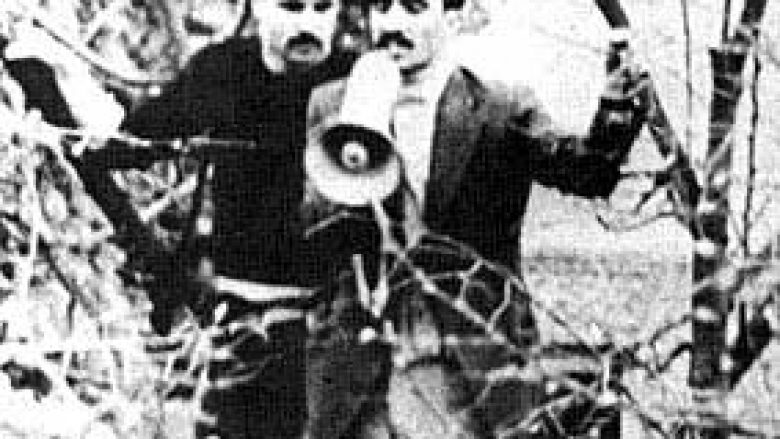

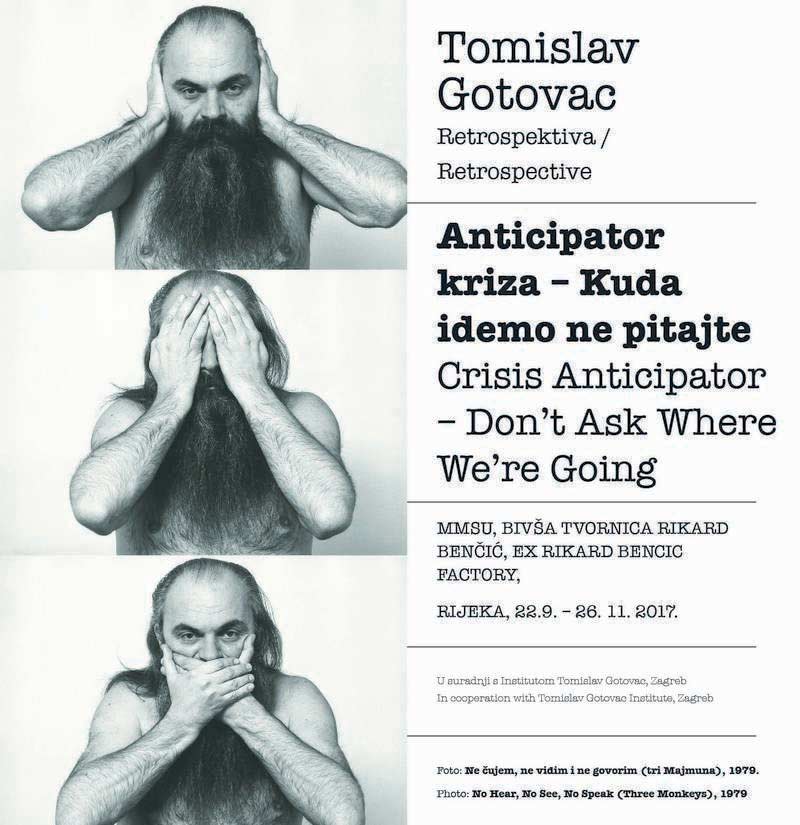

The largest retrospective exhibition of Tomislav Gotovac was held in the Museum of Modern and Contemporary Art in Rijeka from September 22 to November 26, 2017, entitled “Tomislav Gotovac: Crisis Anticipator – Don't Ask Where We're Going.” The occasion for the exhibition was the relocation of the Museum to a new larger area in the heart of the city. About 100 of Gotovac's works were presented at the exhibition, which makes the exhibition the larger ever dedicated to this conceptual artist, director and performer, and the works from the ad hoc Homage to Josip Broz Tito Collection were also on display.
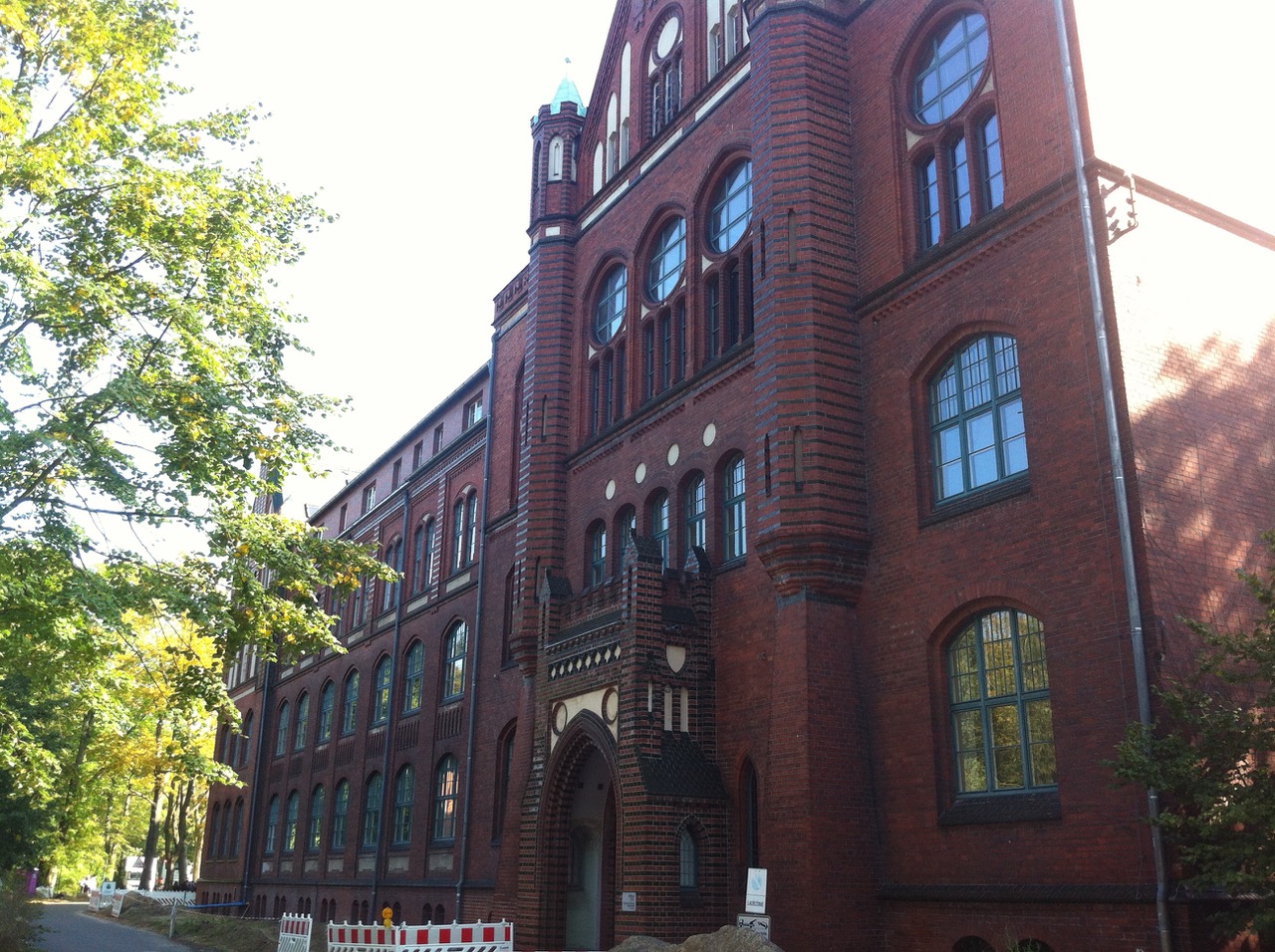

In the GDR, child care and education were firmly in the hands of the ruling SED party, but in 1950 the protestants were allowed to open a seminary on the Island of Hermannswerder, near Potsdam. First, it offered men, and from the 1950s women banned from attending regular secondary schools, the opportunity to obtain their secondary school leaving qualification (Abitur), enabling them to study theology or church music. In the GDR pupils were often prohibited from attending secondary schools for religious and/or political reasons. It was particularly common for the children of clergy members to attend the seminary.
In addition to a growth in the school size during the 1970s, the curriculum also changed. It then included more subjects that were not part of theological education, for example the possibility to focus on modern languages. From 1982, the school even adopted the curriculum of North Rhine–Westphalia (West Germany) as part of their leaving qualifications.
The State Security Service (Stasi) constantly had their eyes on the institute and commonly conducted searches for forbidden material. “Youth Sundays”, taking place yearly from 1949, were a huge thorn in the government’s side. During these events, young people discussed, away from the official socialist apparatus, how to lead a Christian life. Even an eventual ban could not stop the meetings as even without official announcements, meeting times were simply passed on by word-of-mouth.
Apart from “Youth Sundays”, the island was also home to church synods and later environmental gatherings and bicycle “star rides”. These are events in which the participants start at different locations, all meeting at the same spot in the centre thus forming a star. In Germany they have taken place since the 1970s to bring attention to different causes, such as the environment.
After reunification, anyone who graduated from the school was retroactively granted the right to study anything, not just theology and church music. Today it is a Protestant secondary school.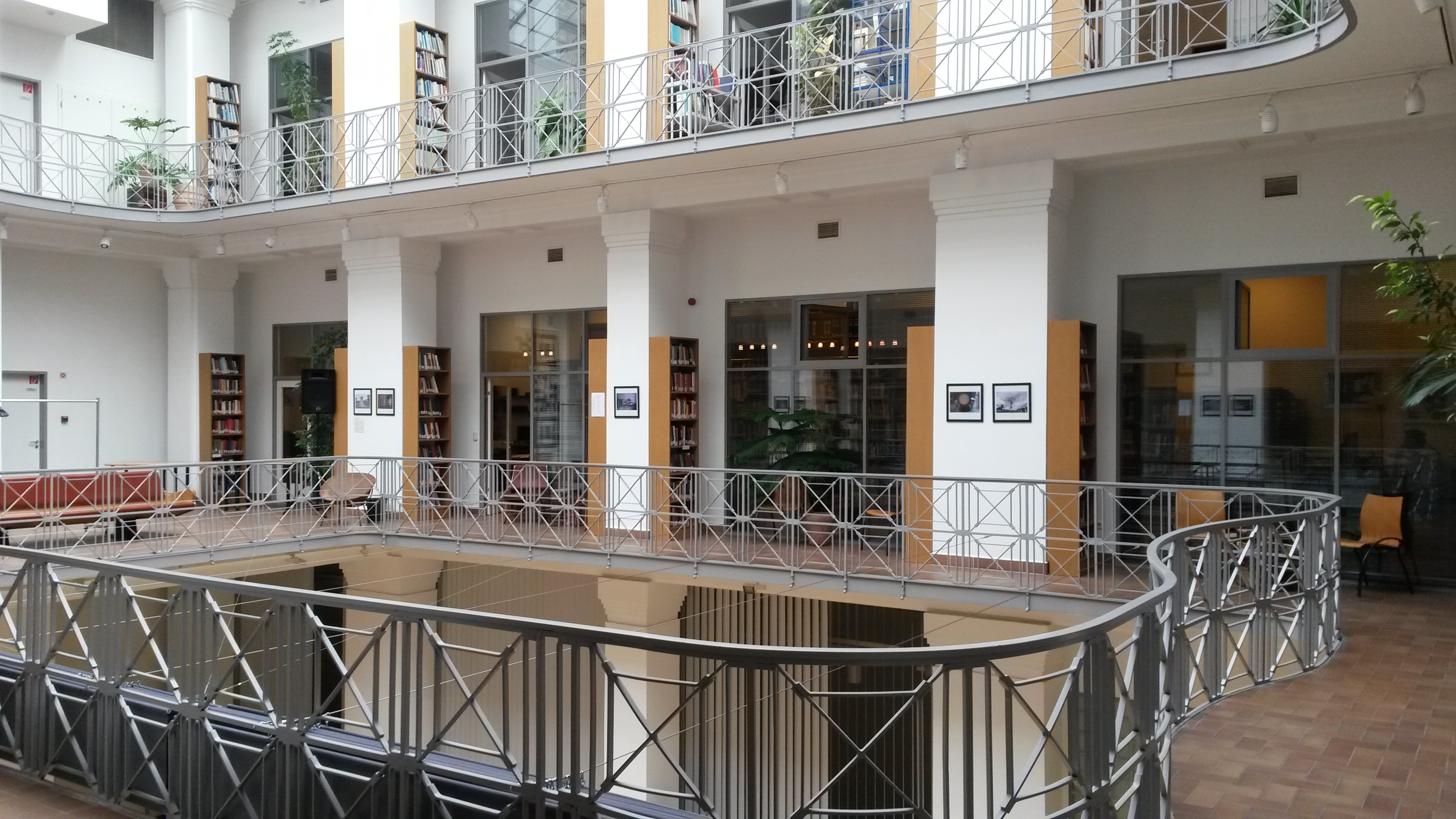

The research collection of Béla Nóvé was donated to Blinken-OSA Archives, Budapest, in 2017. It was organized, catalogued, and supplied with detailed finding aids by Senior Audiovisual Archivist Zsuzsa Zádori and Béla Nóvé. This phase was completed by September 2018, and since then the collection is open for public research.
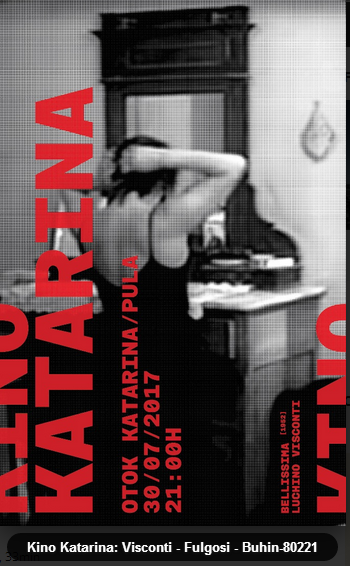

 Event (general): Katarina Cinema: A night at the movies with a discussion about the films of Nikša Fulgosi and Luchino Visconti, Pula 2017
Event (general): Katarina Cinema: A night at the movies with a discussion about the films of Nikša Fulgosi and Luchino Visconti, Pula 2017
“The night at the movies with a discussions about the films of Nikša Fulgosi and Luchino Visconti” was held in 2017 on St. Catherine's Island (near Pula) on the subject of the Hollywoodization and commercialization of everyday life. As a part of the thematic evening, two significant films were shown - Luchino Visconti's film Belissima (1952), and A Hundred Beauties per Day (1971) by Nikša Fulgosi.
The imperative of beauty (in women) is an interesting phenomenon of post-war European society. Visconti's film Bellissima is one of the most important achievements of Italian neo-realism. The protagonist is a woman from a modest Roman working family who is obsessed with movies, but also with the idea that her little daughter can win in the Most Beautiful Girl in Rome competition and become a movie star. The film shows an unscrupulous struggle for success.
Fulgosi in A Hundred Beauties per Day deals with the Yugoslav ideology, and as in other popular-cultural content, develops a complex attitude toward this phenomenon. The scenes of singing and acting stars who entered the lives of residents through magazines and television shows, helped to create the cult of popular personality in the western style. On the other hand, partly built according to the Italian model, the promotion of modesty was an integral part of the construction of the Yugoslav fashion and the beauty industry. Nevertheless, the contradictions of the Yugoslav system emerge in the beauty contests where socialist morality comes in contrast to the commercial success of the product, in this case feminine beauty.
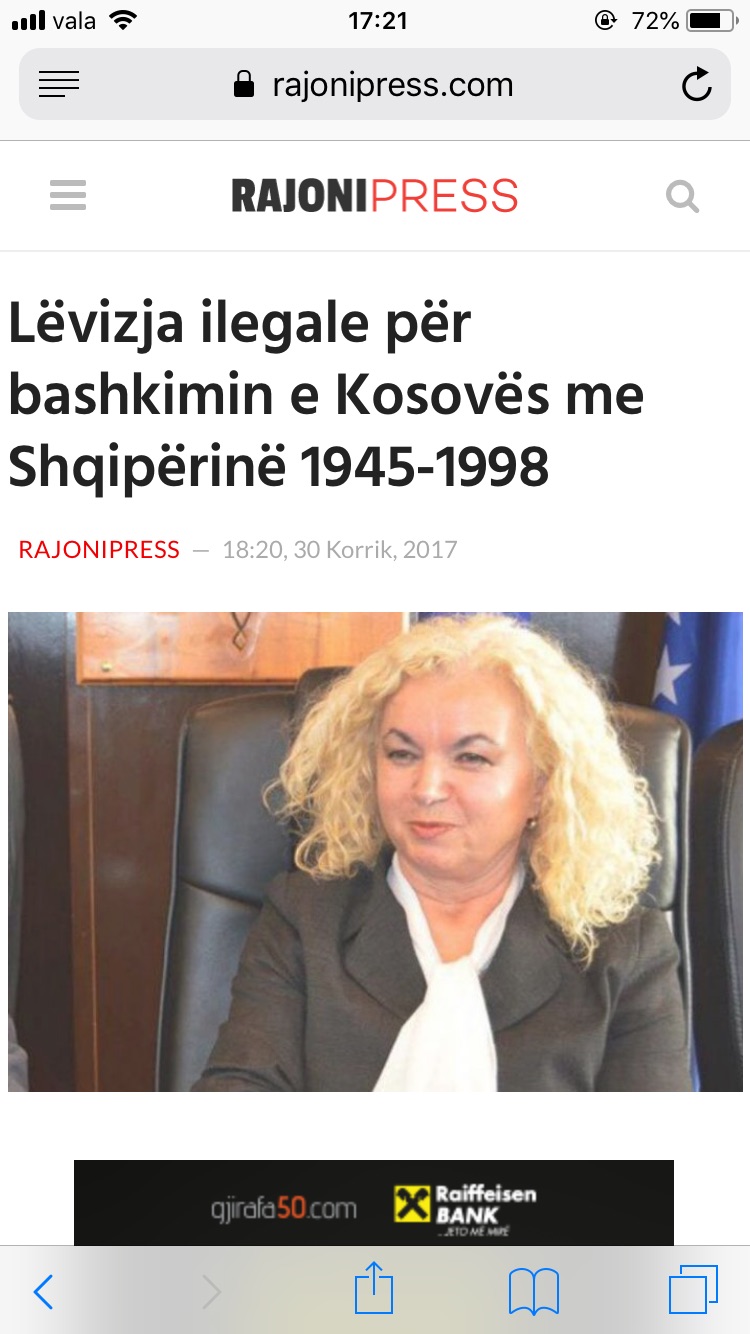

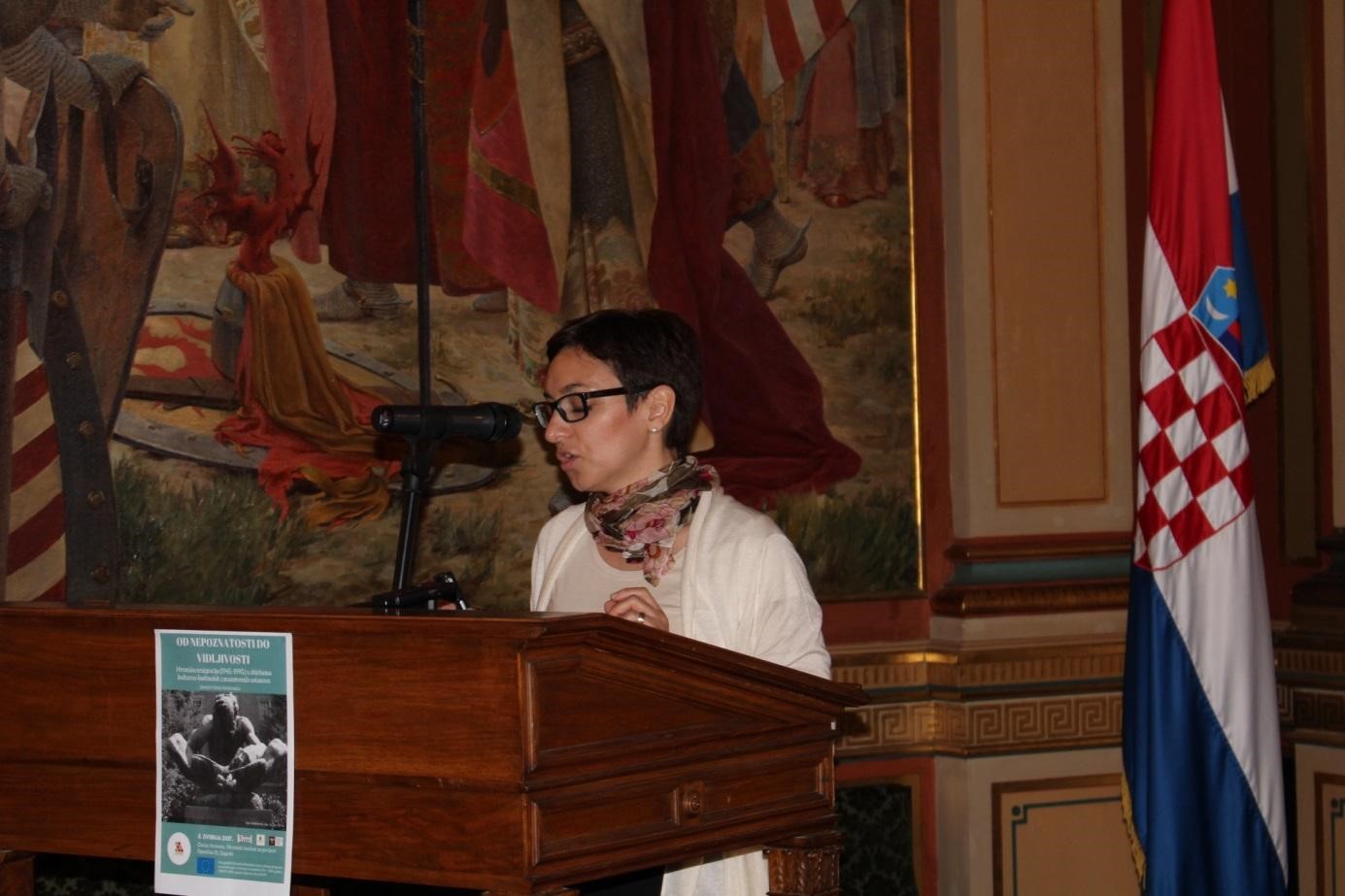

On May 5, 2017, the COURAGE project of the Croatian Institute of History, together with the Croatian State Archives and the National and University Library, organised the academic workshop entitled “From Obscurity To Visibility: Croatian Emigrant Communities (1945―1990) in the Collections of Cultural Heritage and Scholarly Institutions.” The primary goal of the workshop was to introduce the scientific community and the broader public to the emigrant collections in the cultural and educational institutions of the Republic of Croatia. The COURAGE project team from Croatia wanted to raise awareness of the importance of this unexplored heritage and to spark the interest of researchers in this issue. Martina Jurčić, a librarian at the Croatian Institute of History Library, also attended the workshop and talked about the Jere Jareb Collection, which is kept in the Institute’s library. She spoke of the history and content of the collection, as well as the storage problems confronted by the Institute’s library. Jurčić also outlined the most important details from the biography of historian Jere Jareb.


 Exhibition: Romania’s Royal Family: Testimonies from the Collections of Lucian Blaga Central University Library, November 2017–January 2018
Exhibition: Romania’s Royal Family: Testimonies from the Collections of Lucian Blaga Central University Library, November 2017–January 2018
In the period from 17 November 2017 to 31 January 2018, BCU Cluj-Napoca held the exhibition “Romania’s Royal Family: Testimonies from the Collections of Lucian Blaga Central University Library.” The exhibition displayed in the reading room of the Special Collections Department at BCU Cluj-Napoca photos, periodicals, brochures, and correspondence related to the Romania’s royal family from the collections that are in the custody of the institution. Among these items there were several documents from the Raţiu–Tilea Archives of the Romanian Exile Collection. Both Ion Raţiu and Viorel V. Tilea collected a large number of items related to the activities of the royal family in exile, including personal correspondence with King Michael of Romania. Due to the latter’s death on 5 December 2017, the exhibition also acquired a commemorative significance.
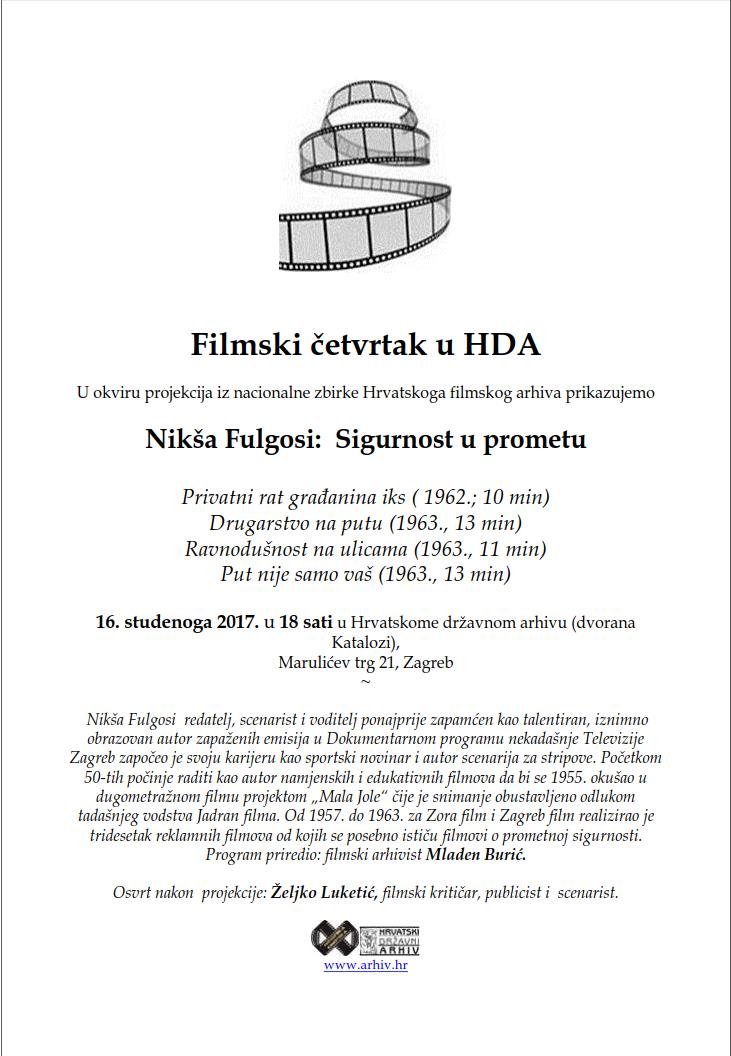

 Event (general): Movie Thursday at the Croatian State Archives: "Traffic safety" by Nikša Fulgosi, 2017
Event (general): Movie Thursday at the Croatian State Archives: "Traffic safety" by Nikša Fulgosi, 2017
Movie Thursday (Filmski četvrtak) was launched in 2013 for the popularization and promotion of the film archival materials stored in the Croatian Cinematheque. Film projections are held once a month.
Within the projections from the National Collection of the Croatian Film Archive, four short films of Nikša Fulgosi were presented: Privatni rat građanina iks [The Private War of Citizen X] (1962, 10 min), Drugarstvo na putu [Camaraderie on the road] (1963, 13 min), Ravnodušnost na ulicama [Indifference on the Streets] (1963., 11 min) and Put nije samo vaš [The Road Isn’t Just Yours] (1963, 13 min).
In some of his films, Nikša Fulgosi submitted subversive or explicit political messages that might be related to cultural opposition. Although the main purpose of the films was education of the wider population, Fulgosi made sarcastic observations about social everyday life.
The program was prepared by the film archivist Mladen Burić, and the review after the screening was presented by Željko Luketić, film critic, publicist and screenwriter.
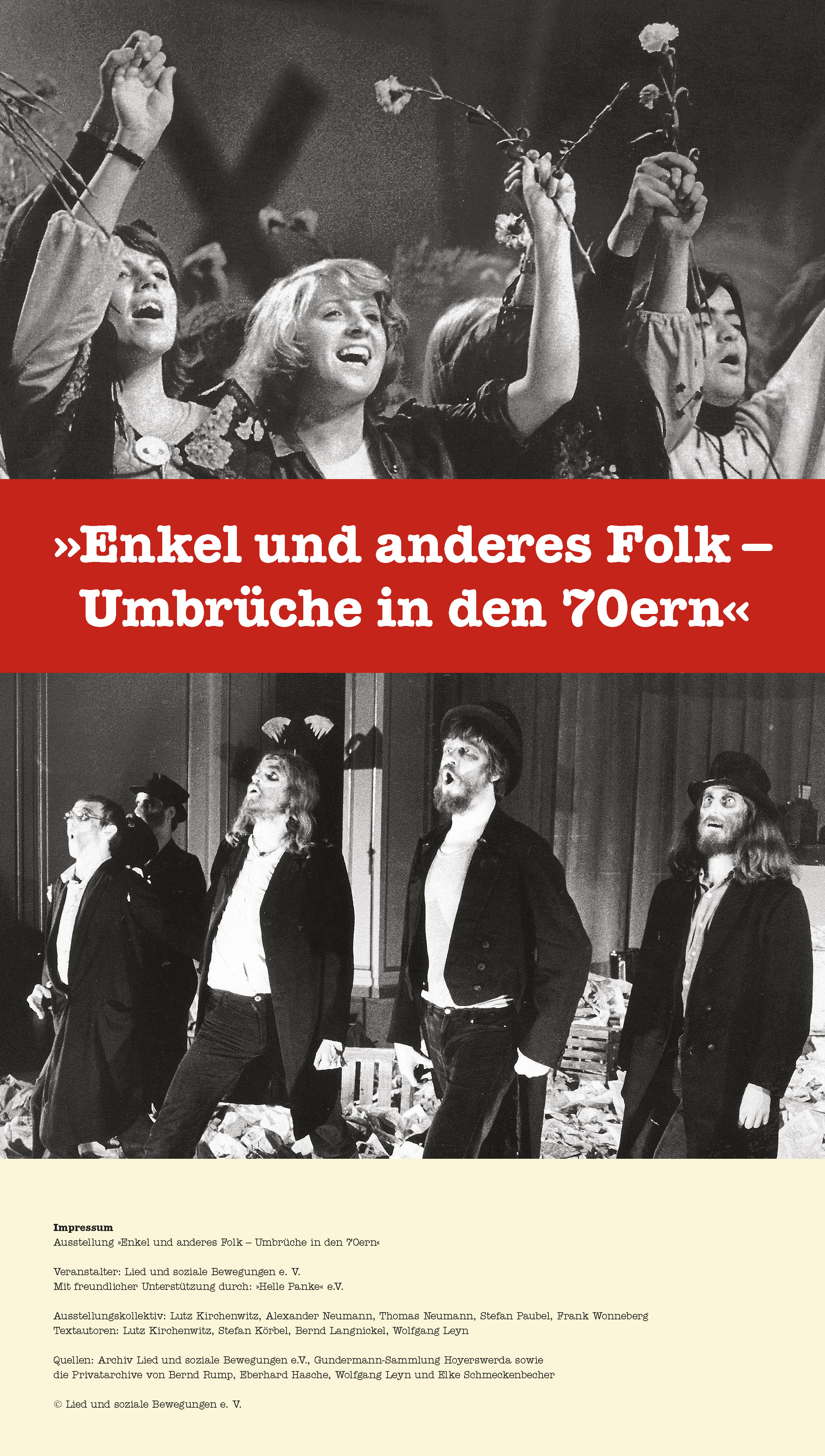

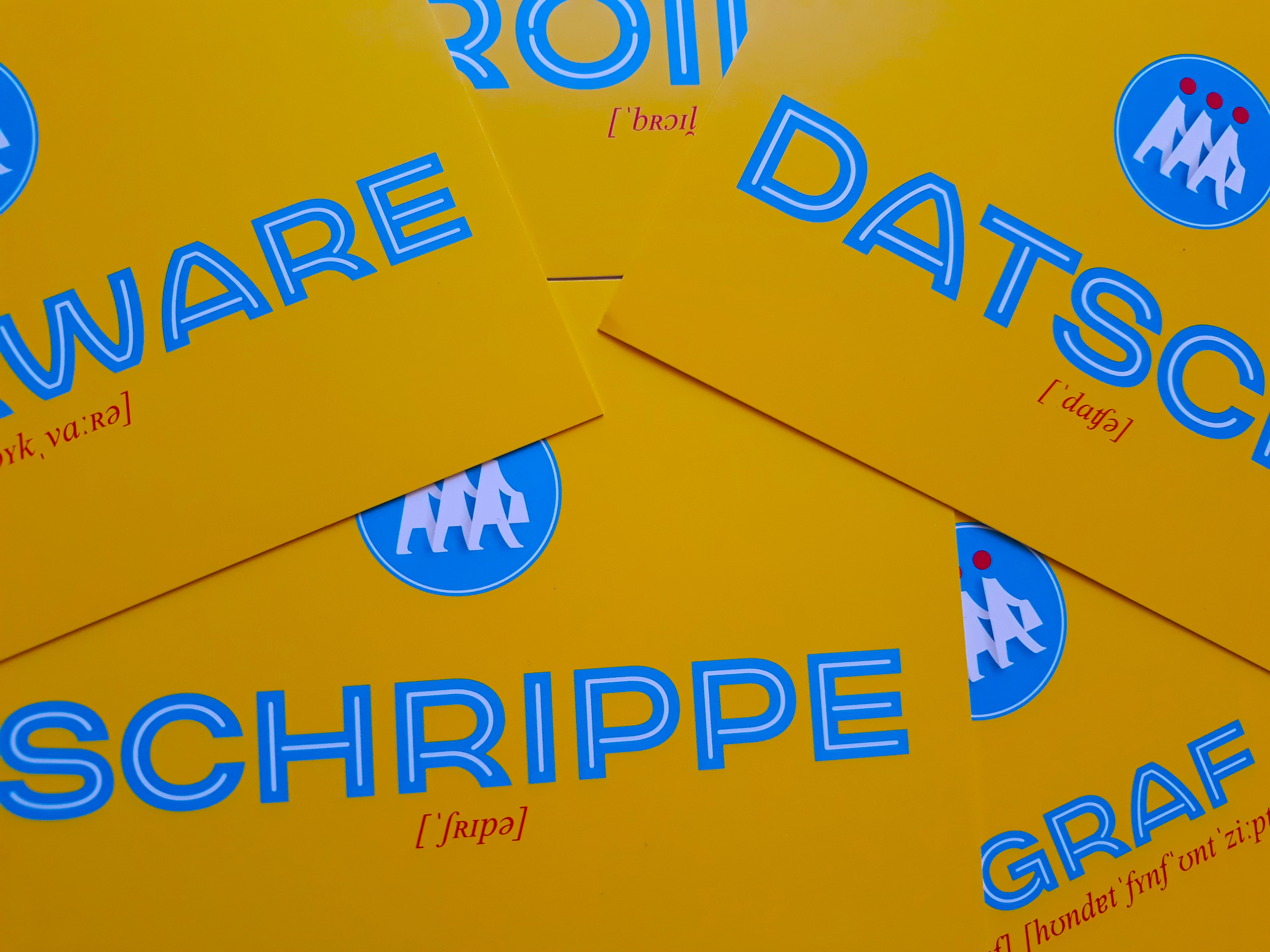

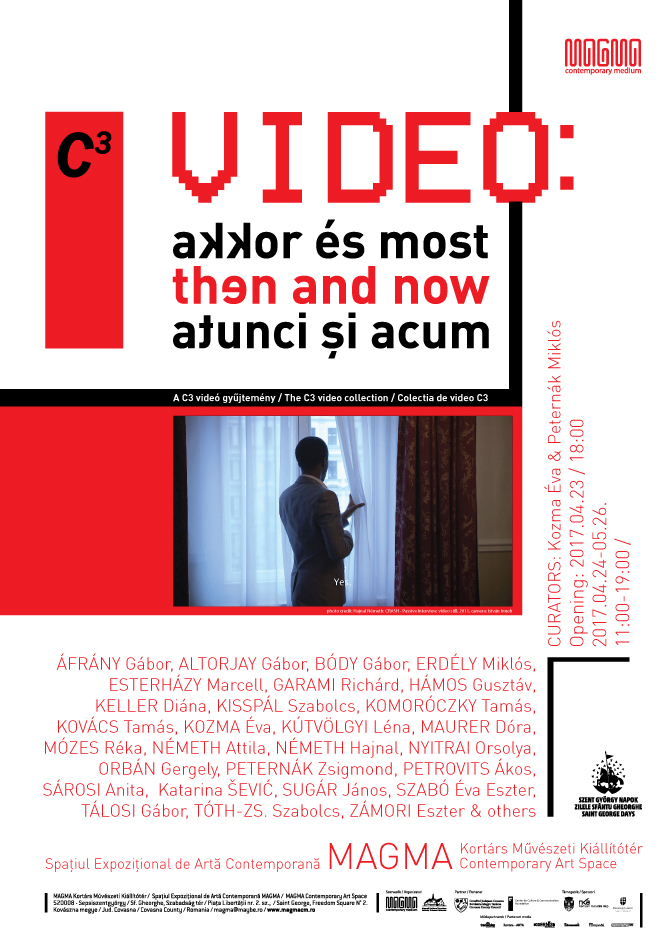

Video and film / Video exercises / Video installation / Video letter / Video muster / Video interview / Video opera / Video about art / Video documents / Video as video
"What is video, how has it changed in the past half a century? What does it mean that on video sharing websites and collections the motion picture production of the world is being accumulated and multiplied in random or systematic conglomerations, waiting for occasional viewers? What is or what can be video art today?" — These were the initial questions of this exhibition. To provide material clues to lead to potential answers, the curators selected works from the video archive of C³ (Gábor Altorjay, Gábor Bódy, Marcell Esterházy, Richárd Garami, Gusztáv Hámos, Szabolcs Kisspál, Tamás Komoróczky, Dóra Maurer, Hajnal Németh, Anita Sárosi, and János Sugár among others), and presented them in digital format on projectors, screens and terminals.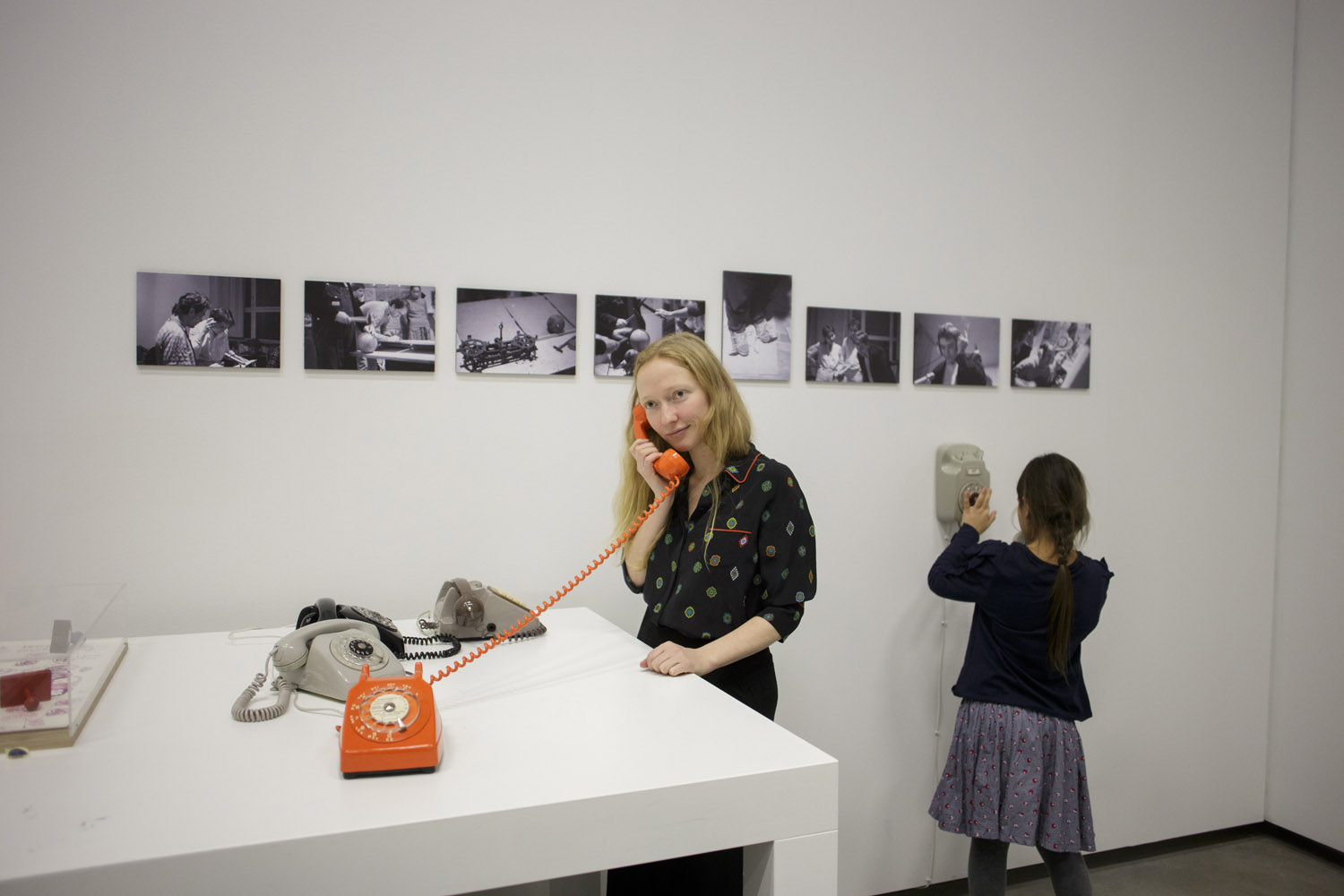

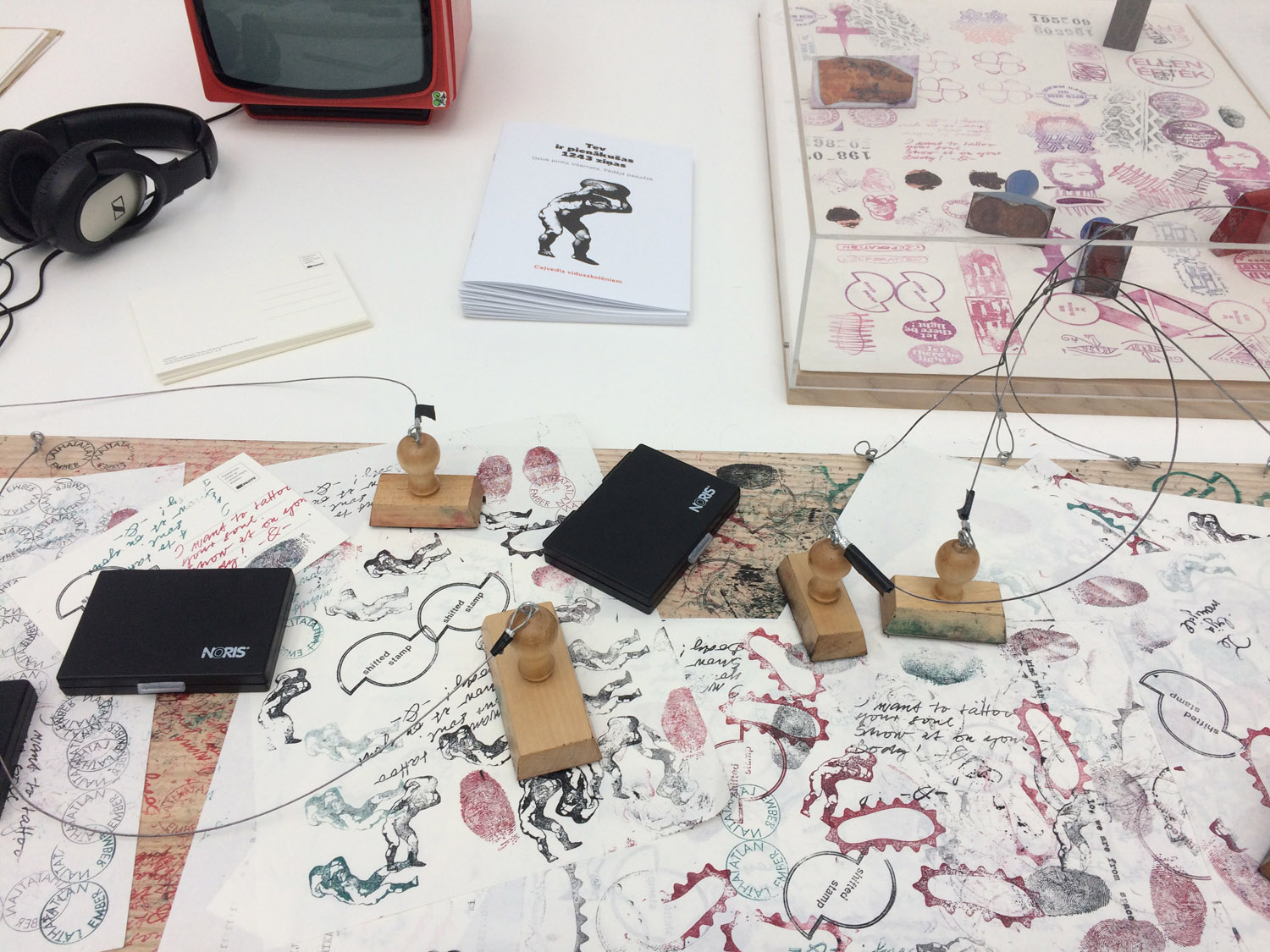
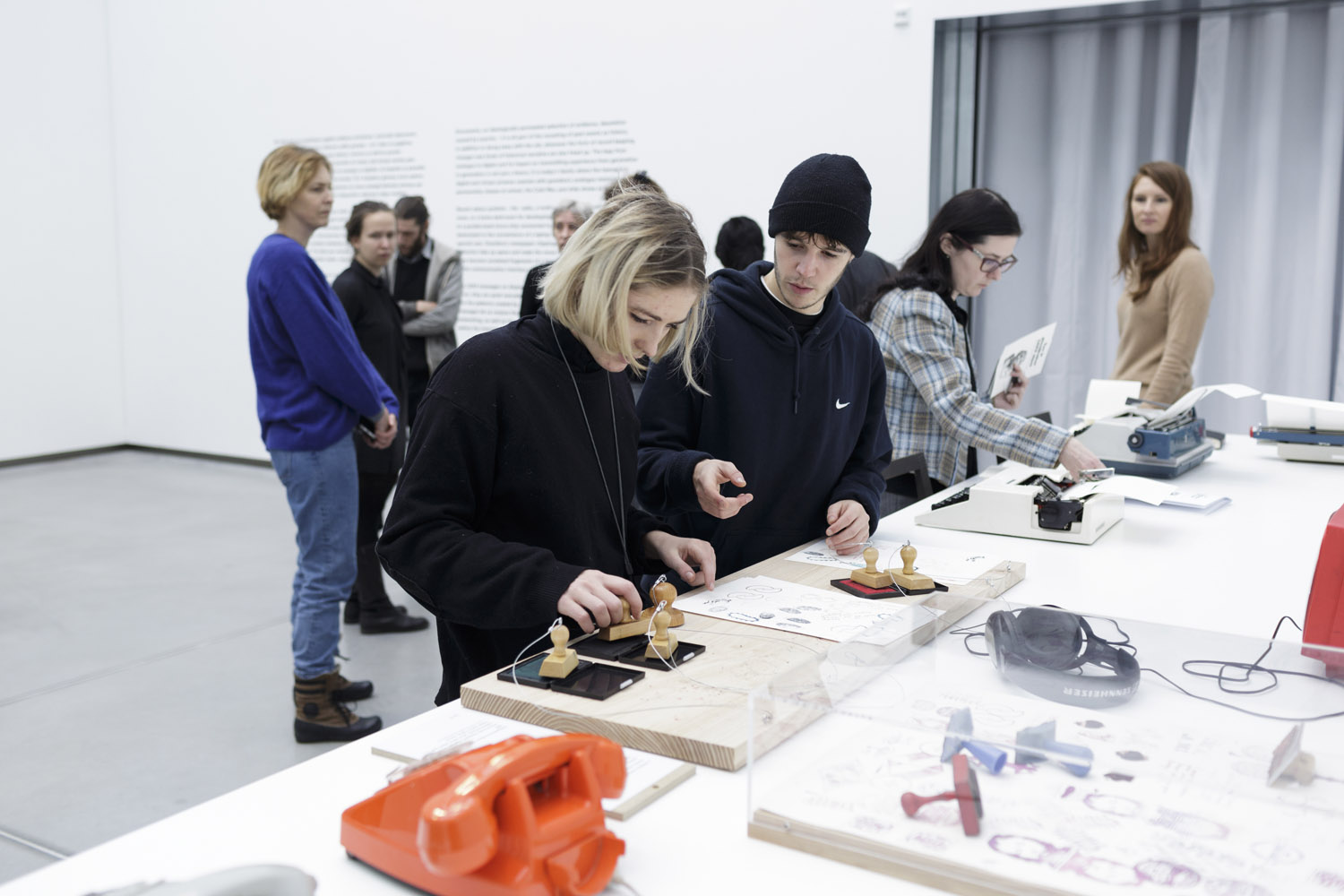
The Latvian Center of Contemporary Art in Riga organized the show “YOU’VE GOT 1243 UNREAD MESSAGES. The Last Generation Before the Internet”. Their Lives in 2017, where materials from the Artpool collection, like documents of the Budapest-Vienna-Berlin telephone concert and the Artpool Radio, were also put on exhibit.
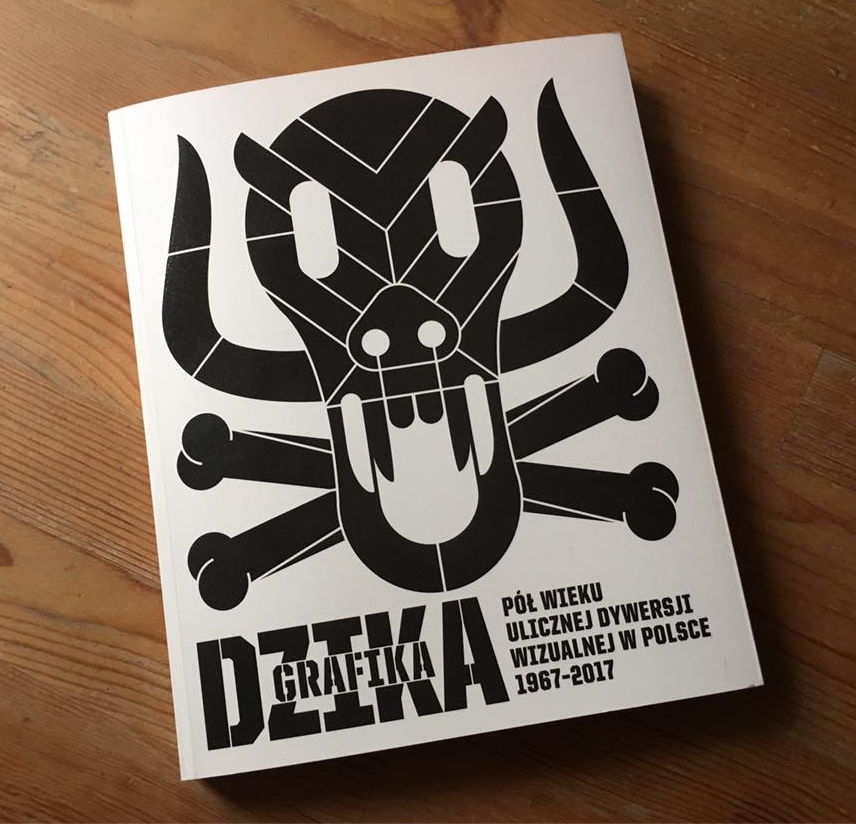

Exhibition Wild Graphics. Half a Century of Visual Diversion in Poland 1967-2017 was the first such wide in terms of subject and chronology presentation of art appearing on the streets of Polish cities from the 1960s to the second decade of the twentieth century.
The exhibition, whose musical setting was created by Robert Brylewski (musician of Kryzys, Brygada Kryzys, Army, Max and Waiter, Falarek Band, Witch's World, 52um and many other experimental projects) was an extremely diverse review in terms of formal and range of cases. There were records of happenings, performances and other artistic activities in the public space, carried out in the sixties and seventies by the entire galaxy of Polish neo-avant-garde artists, photos of graffiti, inscriptions on the walls, stickers, posters and installations, as well as original graffiti templates, stickers leaflets and other materials preserved to this day. The topics discussed in the presented works were even more varied, from political issues and current social affairs, through aesthetic and existential issues, to quarrels between fans of various football clubs or the internal rivalry of street writers.
Curators - Tomasz Sikorski, Marcin Rutkiewicz, and Michał Warda - presented in the form of photos, slideshows, films and showcases with original objects, a total of 1,500 examples of unofficial, self-controlled, uncontrolled creative activity on the streets of Polish cities, regardless of the artistic level or political message. Under these circumstances, Wild Graphics as an exhibition and the publication accompanying it is an excellent summary of spontaneous expression and social dialogue on the streets of Polish cities of the last half-century. Tomasz Sikorski interprets this broad approach in his text, proposing the concept of "art on streets" as more containing and less appraisal than street art or graffiti.
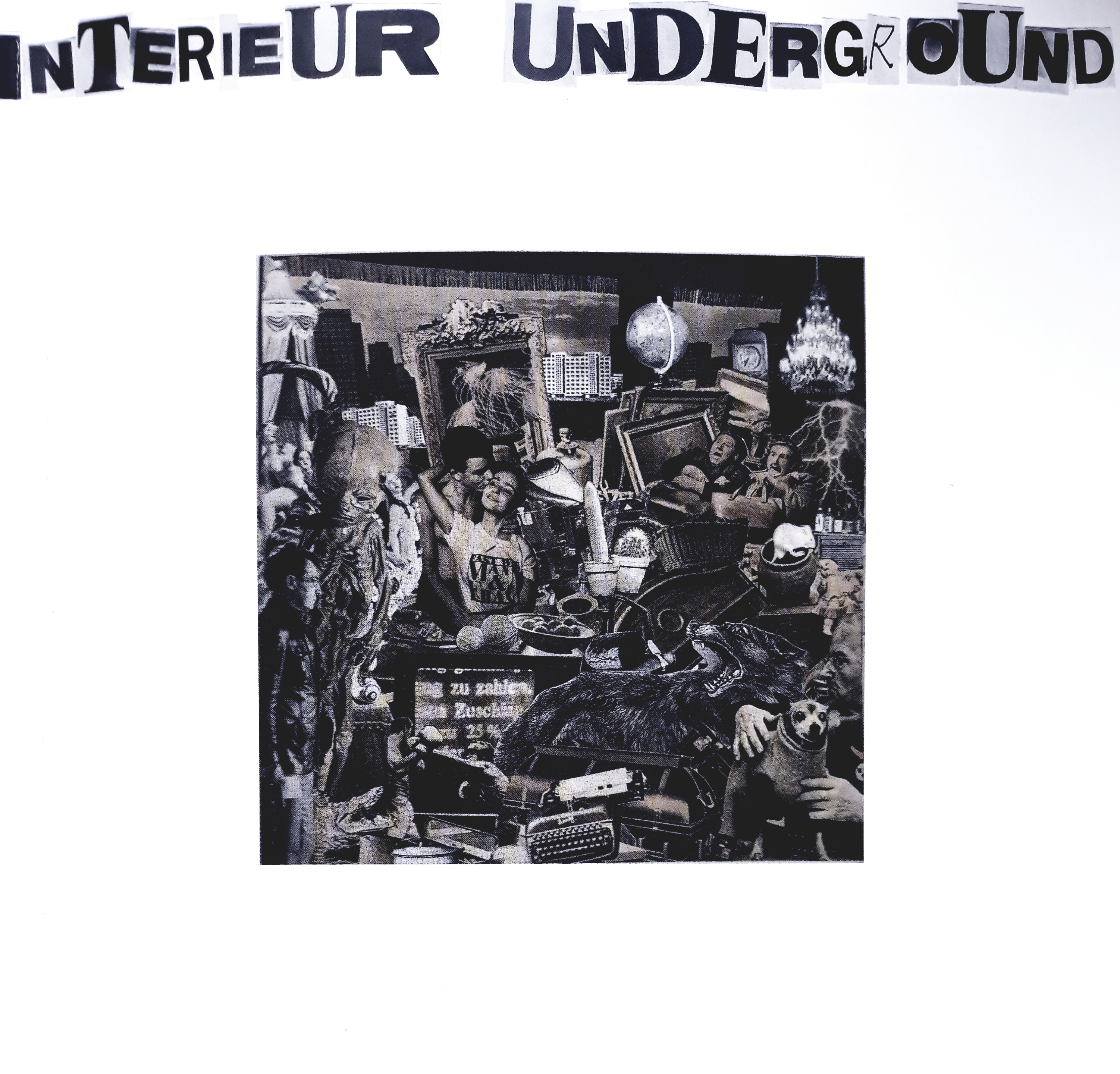

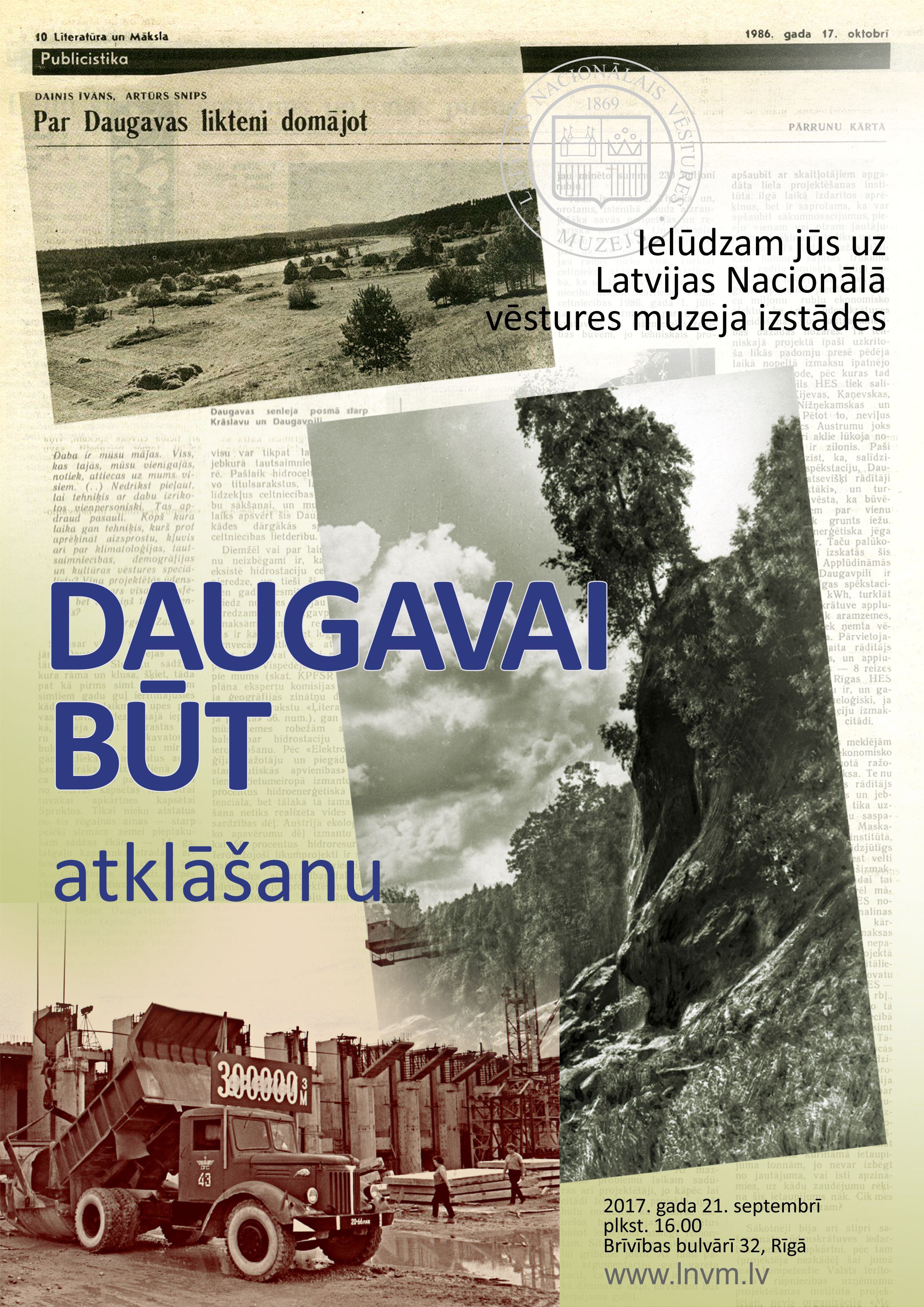

Material from the Museum of the River Daugava was used for the exhibition 'Let the River Daugava Be', which opened on 21 September 2017 at the National History Museum of Latvia. The exhibition was about the struggle by the public to save part of the Daugava valley in 1958-1959, and the campaign against the construction of the Daugavpils hydroelectric station in 1986-1987.
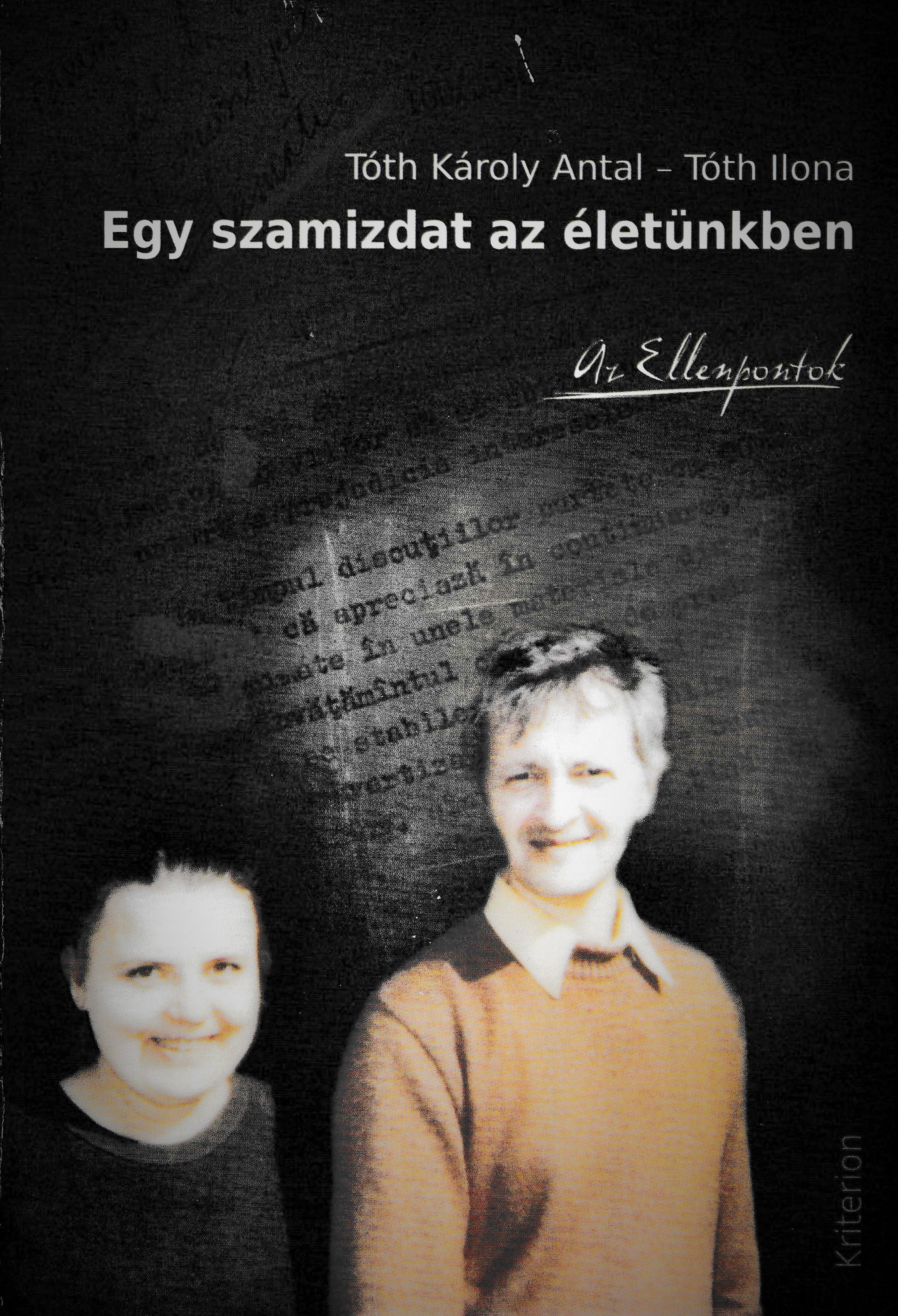

 Publication of the Book Egy szamizdat az életünkben: Az Ellenpontok (A Samizdat in Our Lives: the Counterpoints)
Publication of the Book Egy szamizdat az életünkben: Az Ellenpontok (A Samizdat in Our Lives: the Counterpoints)
The volume published by the Tóth couple at the end of 2017 successfully resumes the independent writings, interviews and all details appearing in the course of time which shed light on past events that have meanwhile become history. The texts comprised in the five parts of the book – introduction, interviews about Ellenpontok (Counterpoints), the discussion in Budapest, recollections and writings of others – are ordered according to the time of their publication. The fourth part of the volume, entitled “Recollections” includes the text “How the Romanian State Security found Ellenpontok?” which represents the first attempt at revealing the details of the discovery of the Transylvanian samizdat by the secret police on the basis of the observation-data collection files on Antal Károly Tóth known by the codename “Bastion” in the Ellenpontok Ad-hoc Collection. The text which was also published in the 2013 issues of the Hungarian-language independent cultural and public life magazine Kapu (Gate) offers insight into the world of the Securitate, the staff of which resorted to the complex ways and means inherent in the informant network, operative technique and outdoor street shadowing in the course of the unravelling of the case across several counties.
The crucial issue of the Hungarian minority ideology prior to 1989 was that every other consideration had to be subordinated to the issue of persistence and survival, and inaction seemed the wisest option. However, in the related term of passive resistance, resistance denotes the essence and the purpose, while passivity only refers to the form. It was the radicalism of their thinking that distinguished the editors of Ellenpontok from real Transylvanian Hungarian politicians and this led in the early 1980s to the creation of the second public sphere in the Partium.
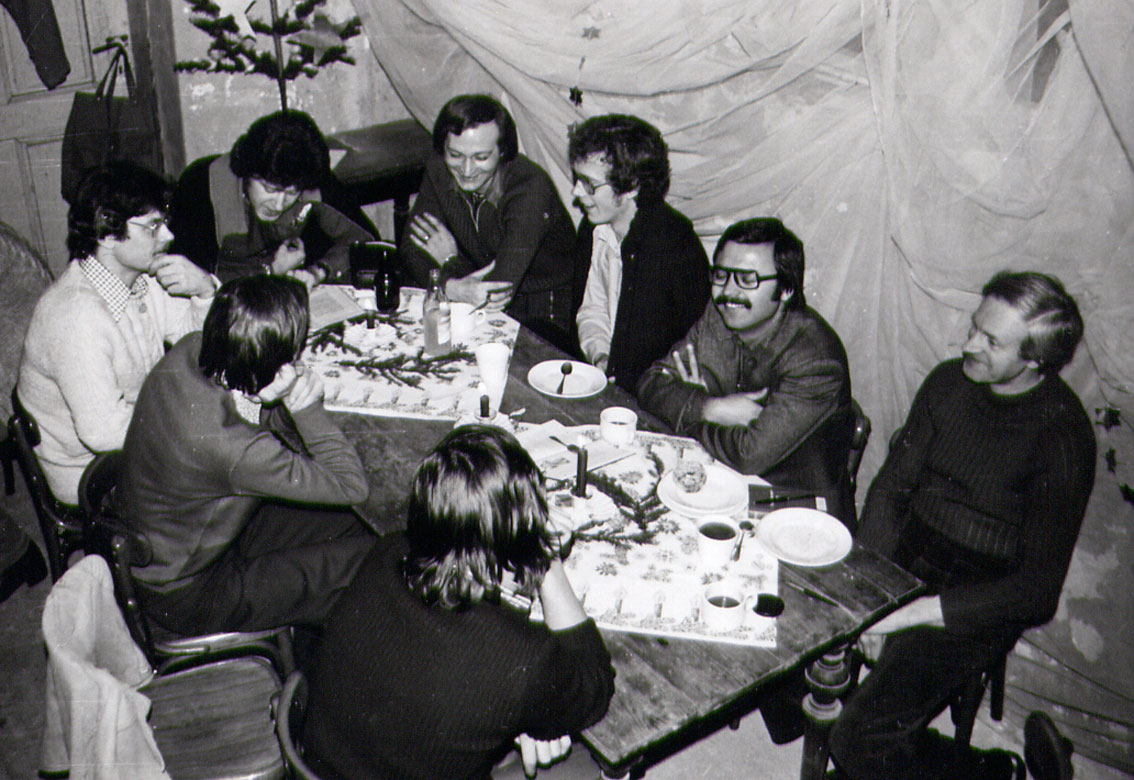

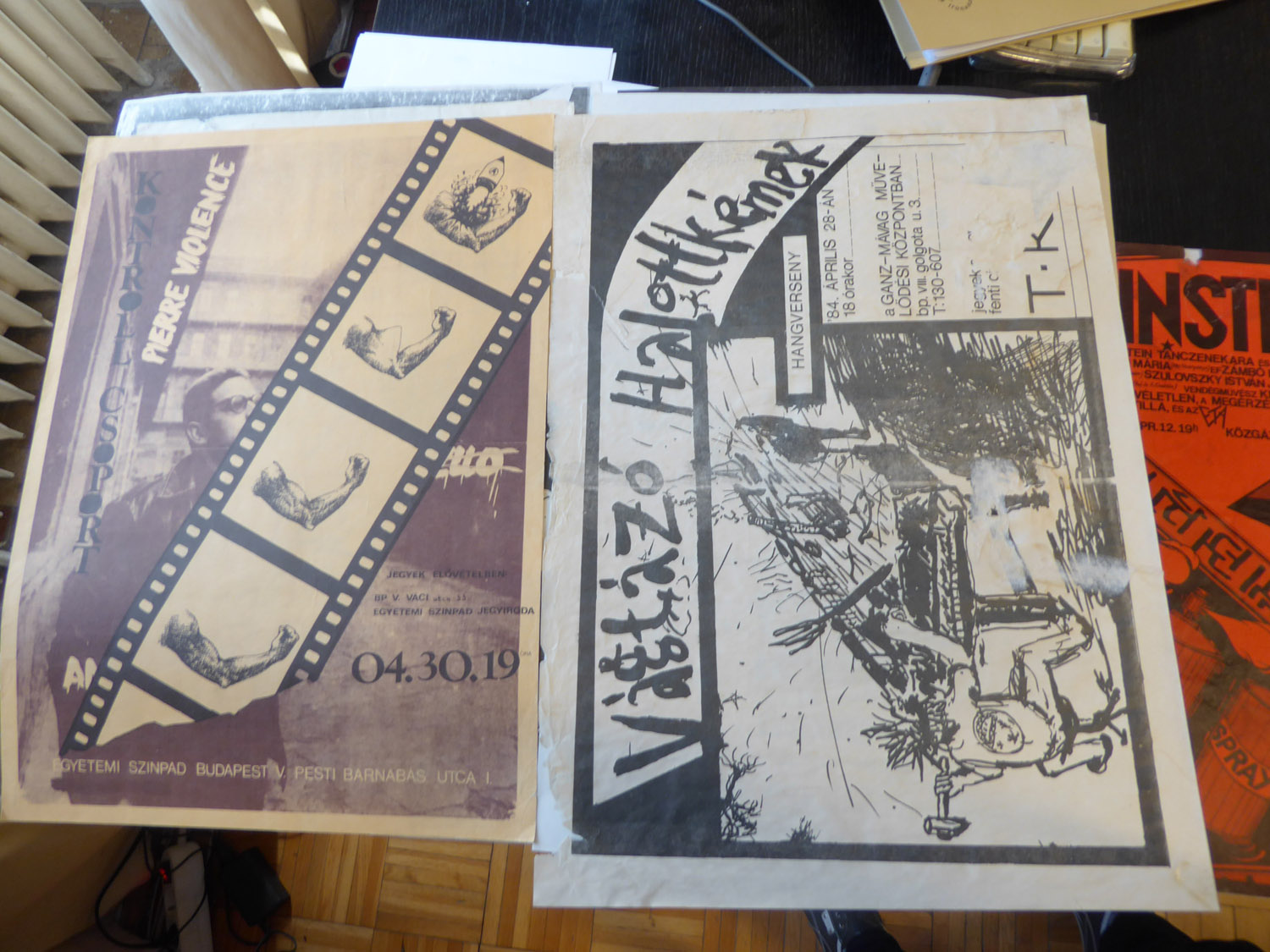

The subject of the exhibition placed in Leipzig was the punk in the countries of the East Bloc from 1977 till 1989. The goal of the event was to celebrate the 40 years of the punk in the East and South-East Europe. Polish punk was represented by videos of the band Moskwa made by director, photographer, and media artist Józef Robakowski, photographs of the 1980s punk scene made by photographer and graphic designer Mirosław Makowski, and, among many others, copies of the fanzine ‘QQRYQ’ published by Piotr ‘Pietia’ Wierzbicki and borrowed from his private collection. It was the last and the largest public exposition of the Wierzbicki’s collection, but it also included a number of posters from the collection of Artpool and the Hungarian Tamás Szőnyei described in the COURAGE Registry. The multimedia installation was to reflect the aesthetics of East European punk music and movement, especially from Poland, the CSSR, and Hungary. It included sounds, films, images, and graphic artefacts, as well as texts and documents which explained historical and political nuances, both similarities and differences among punk scenes in the Soviet Bloc. The exhibition was organized by the Nato, the social and cultural centre located in Leipzig. The event was supported by a cultural program which contained concerts, talks, presentations and film shows.
Curator: Alexander Pehlemann.
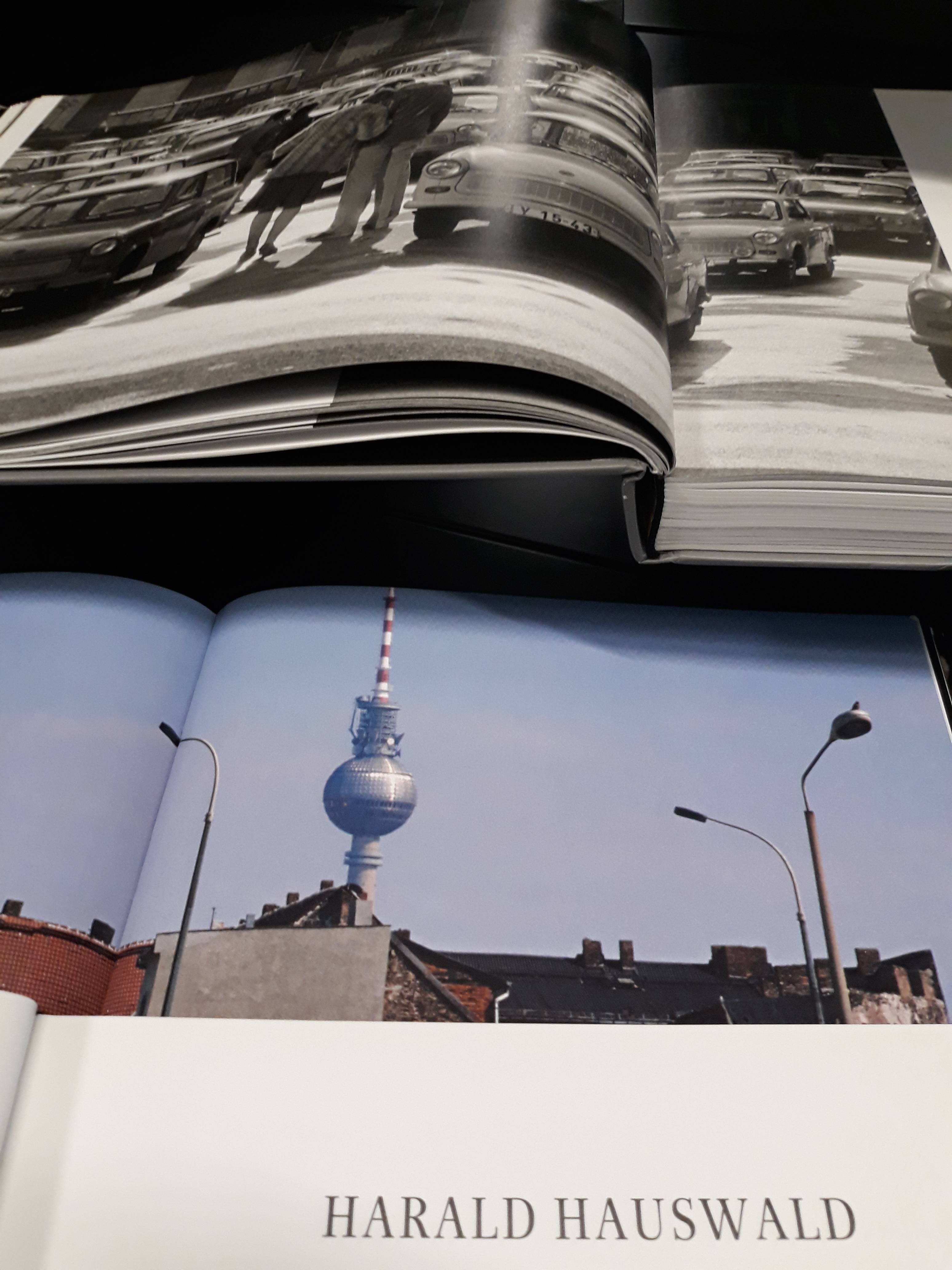

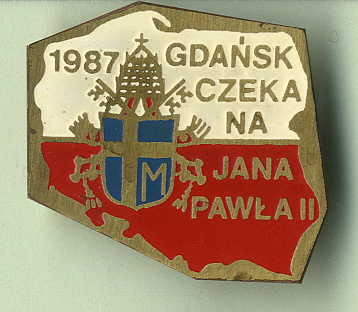

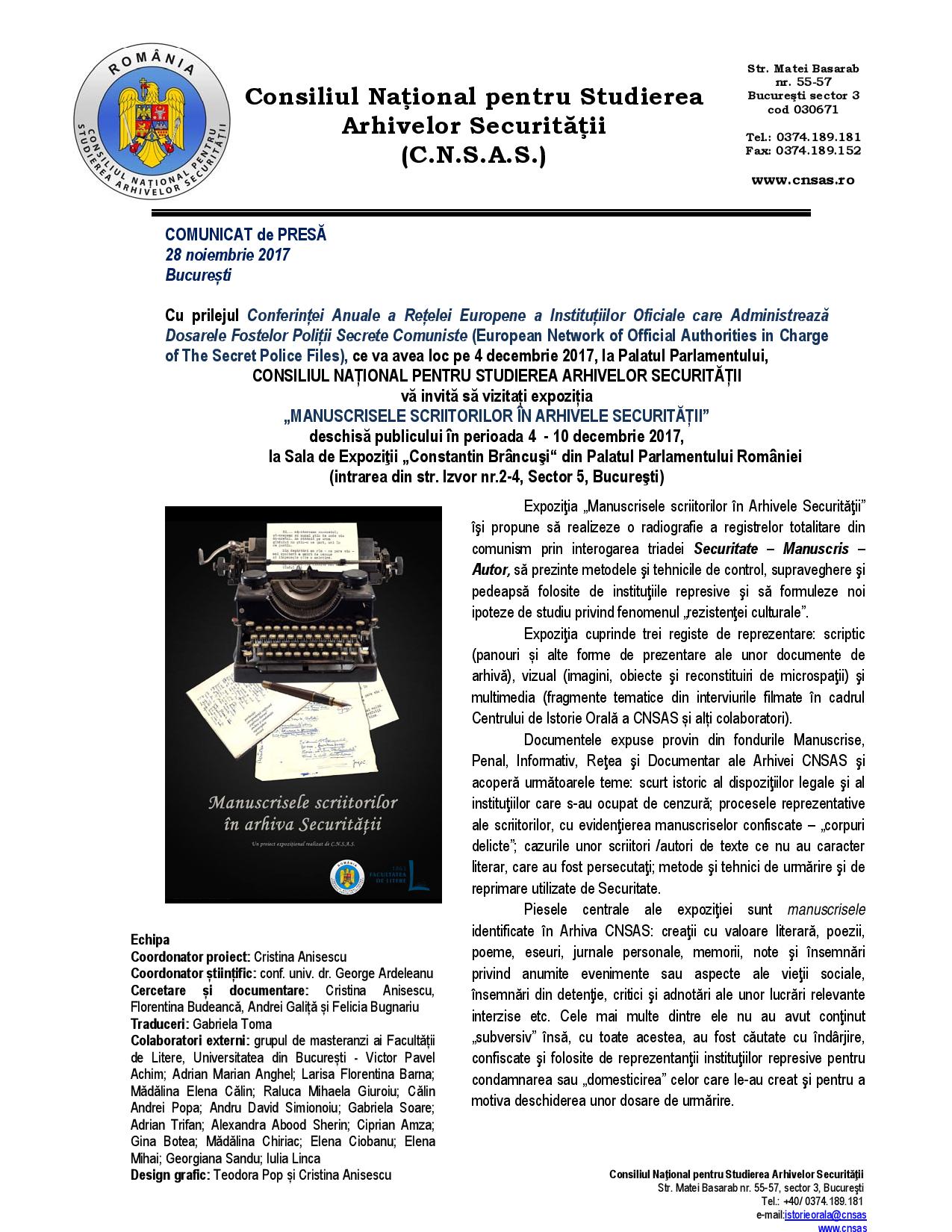

This exhibition was presented to the public for the first time between 4 and 10 December 2017, in the Constantin Brâncuşi Exhibition Hall, which is located in the Palace of the Parliament of Romania. The opening coincided with the Annual Conference of the European Network of Official Authorities in Charge of the Secret Police Files, when CNSAS handed the presidency of the network to the Committee for Disclosing the Documents and Announcing Affiliation of Bulgarian Citizens to the State Security and the Intelligence Services of the Bulgarian National Army. The exhibition illustrated the methods of controlling and keeping writers under surveillance, while trying to reassess the meaning of so-called “resistance though culture” in communist Romania. The items selected for the exhibition originated from the Confiscated Manuscripts Collection and from other fonds of the CNSAS Archives: Penal Fonds, Informative Fonds, Network Fonds, and Documentary Fonds. Three different types of materials illustrated the theme of confiscated manuscripts: archival documents, visual images, and extracts from interviews with writers in the Oral History Collection at CNSAS. The topics illustrated by these items were censorship, writers’ trials in which confiscated manuscripts were used as incriminating evidence, and writers’ surveillance by the secret police. The main items of the exhibition were, however, the writers’ confiscated manuscripts: unpublished prose, poems, pieces of poetry, essays, diaries, memoirs, daily notes, and annotated censored publications.
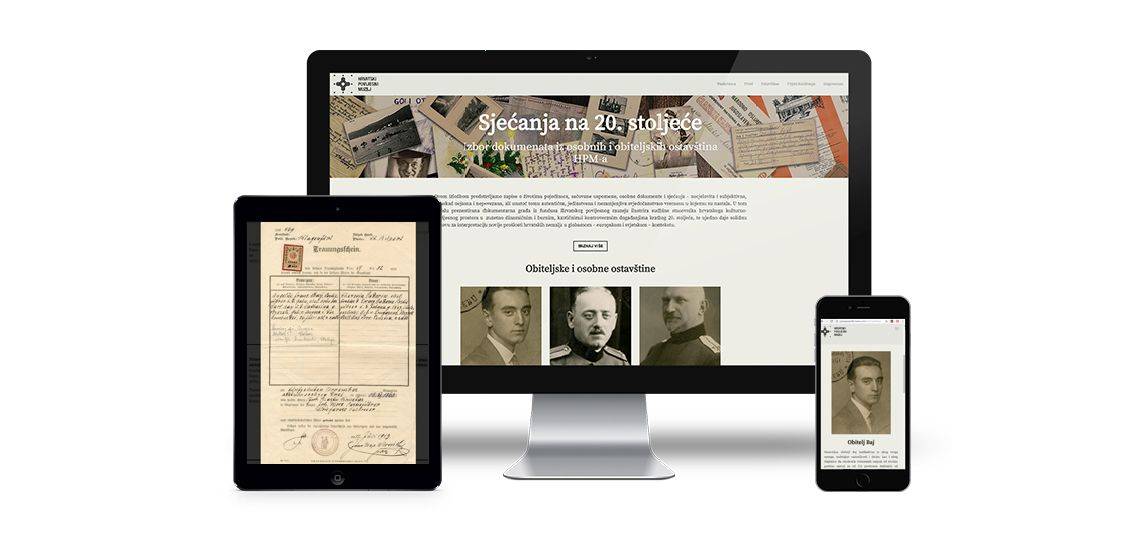

The content of the Grgo Šore Goli Otok Collection became a part of the "Memories of the 20th Century" online exhibition. This online exhibition also includes the testimonies of other people, among whom some were victims of totalitarian systems and dictatorships in Croatia during the 20th century. Their testimonies illustrate the key moments of 20th century Croatian history. The virtual exhibition contains over 900 items.
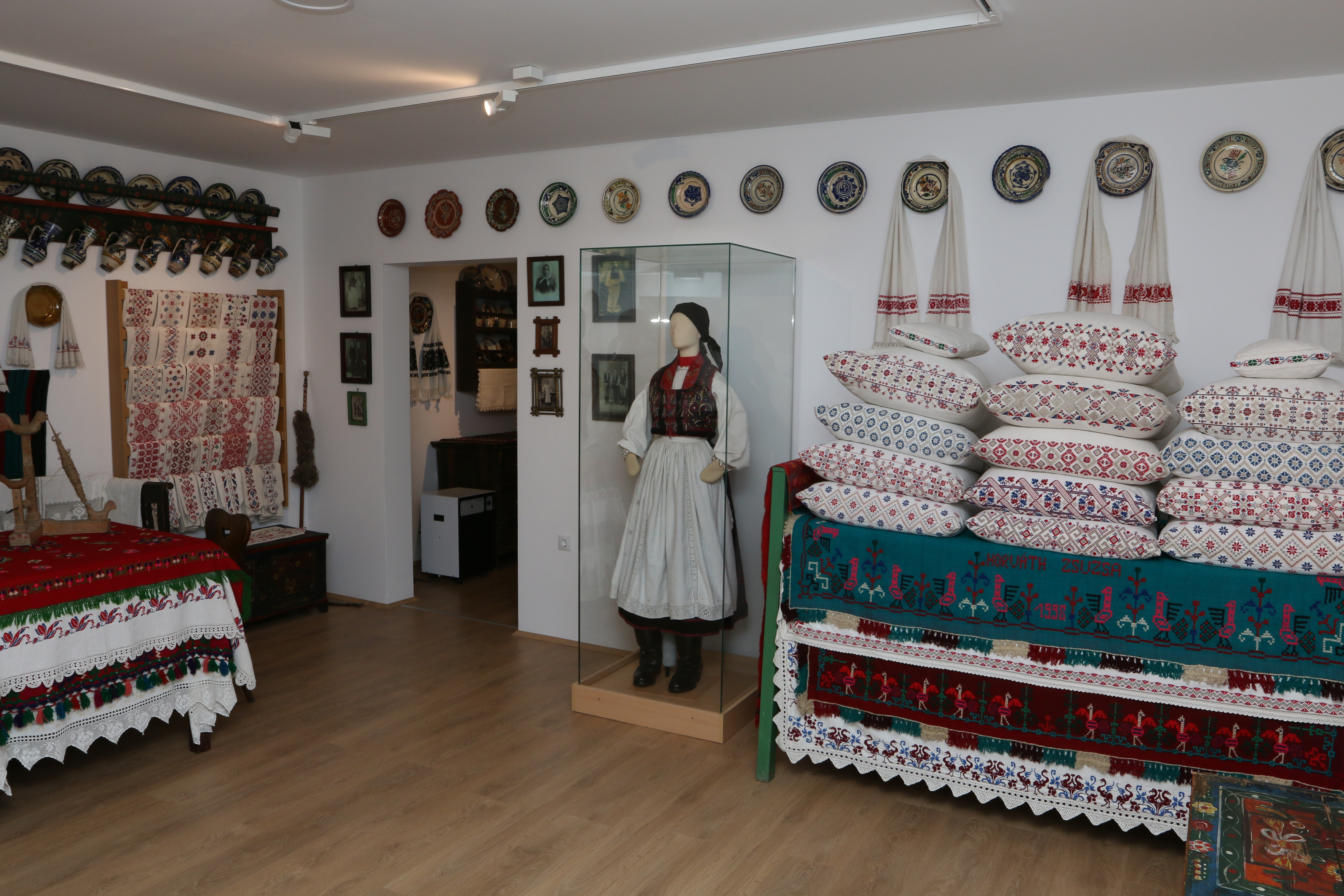

The exhibition in Răscruci displays first of all the spiritual and material assets of Hungarian communities living in the Transylvanian Plain. In this region up to the mid-twentieth century every wealthy family usually had a clean room, which, as a general rule, was the place for displaying and storing the family’s material assets, Sunday church outfits and the dowry which was prepared over the years. In less well-to-do households the clean room was decorated mainly before the red-letter holidays, at Christmas, Easter, and Pentecost, and, for the most part, the exhibition displays the items against this festive background. Nevertheless, apart from various wall-hangings, decorative wall plates, and pear-shaped pottery jugs, ornate beds, tables, skilfully carved chairs, benches, storage benches, and cabinets, the clean room also gave a home to everyday objects, kitchen utensils and instruments used for spinning and weaving.
Of the geographical and cultural regions presented within the ethnographic collection, the traditional home furnishing displayed in the room of Răscruci – part of the material culture of the Transylvanian Plain – is among the most interesting. The villages of the Transylvanian Plain, even in the period following the Second World War, were rarely the object of thorough, systematic ethnographic research. As this region is inhabited by a community marked by differences in language, culture, and religion, it was avoided by most researchers. The exploration of the culture of Hungarians living in the Transylvanian Plain began relatively late, in the interwar period. The study of ethnographer Gertrúd Palotay on the embroidery of Sic, published in 1944 (Palotay 1944) captured the interest of Zoltán Kodály as well, who concluded that if the embroideries of the region were so wonderful, their folk music must be similarly rich. Encouraged by Kodály, composer and folk music researcher László Lajtha visited first Sic and then Sânmărtin. Attila T. Szabó conducted toponomastic and linguistic research on a regular basis, and in 1944 he published an article in the Erdélyi Múzeumi Közlemények (Transylvanian Museum Journal) entitled Unknown Embroideries of the Transylvanian Plain. Despite the initial display of interest it was not before the development of the dance-house movement following the events of 1968 that this area re-captured the attention of researchers. Prior to the change of regime the ethnographer and museologist Károly Kósthe younger was preoccupied rather by the culture of objects, whereas, beginning with the 1980s the ethnographer and university professor Vilmos Keszeg conducted significant research into belief in this region.
From the ethnographic point of view there is a distinct characteristic area within the Transylvanian Plain, comprising eight villages: Răscruci, Bonțida, Luna de Jos, Tiocu de Jos, Borșa, Feiurdeni, Câmpenești, and Măcicașu. These settlements are represented in the room of Răscruci. In these localities they generally did not use black for weaving or embroidery, except for wool weaving. They used the same set of motifs as the neighbouring villages, but in the case of embroideries we meet the red-blue colour combination and the pierced part was usually highlighted by grey. This method also dominated in the embroidery of women’s blouses. This area was mainly characterised by ong-waisted garments, whereas the neighbouring villages typically preferred short-waisted dresses. With the exception of Sic, every village used all-white embroidery as a general rule. The practice of wool processing has been preserved in these villages even to this day. Even today we can find fur bedspreads, fur tablecloths, and hand-woven over garments in any traditional rural household. As sheep breeding was quite common in this region, in Lacu, for instance, even sacks were woven from wool. Farmers living here usually had a large number of sheep and at the time of sheep shearing and harvest Romanian women from Maramureș came here to wash the wool. This work was usually remunerated with wool. In the manufacture of woven fabric the “fuzzy technique” was characteristic. The first such piece was collected by Tamás Hofer in Răscruci, and later placed in the Museum of Ethnography in Budapest. According to Edit Fél, the first information on this weaving method date back to the fourth century BC: this explains why the fuzzy pillow edges caused a stir in the professional sector, since it was hitherto unknown to experts that this particular weaving technique was also used in Hungarian-inhabited areas.
The physical and spiritual heritage of these rural settlements was considerably richer than that of the neighbouring noble villages, as the maid servants who sewed the garments of noblewomen also recreated their favourite motifs for their own use. The noble villages also imitated and followed the culture of the aristocracy. The textiles known as “written” double chain stitch patterns are a more vigorous, peasant-style version of aristocratic embroidery. In Răscruci red was usually the colour used for needlework, whereas in the neighbouring villages people used black or red, though the red-blue combination was generally preferred in embroidery. The elbow-sewn shirt was a common item in the eight villages represented in the room of Răscruci. The men’s and women’s leather waistcoats and jackets are worth mentioning; these items stand out with their tailoring, embroidery, and decoration. As far as footwear is concerned, villagers usually wore boots that they had bought in the market in Cluj, which they set aside for festive occasions only. On weekdays, during summer people went barefoot for the most part, and in winter they wore sandals.
The inhabitants of the Transylvanian Plain also purchased painted dowry chests at the Cluj market. These were generally manufactured by craftsmen in Cluj. The ceramics on display are mostly the products of major pottery centres of the nineteenth century. The interior walls are decorated with pear-shaped jugs and plates from Turda, Bistrița, and Dej. These were usually purchased at fairs or bought from wandering pottery masters in exchange for wheat. The early 1900s marked the disappearance of rural pottery workshops in Răscruci and Sic. The last one in Cubleșu Someșan ceased to exist approximately a decade ago when the last potter passed away. The room of Răscruci presents the details of peasant society, an almost bygone era. To this day the priceless inherited repository of culture, experience and values passed on to the inhabitants of this region constitutes an integral part of everyday life. This invaluable heritage can only be used meaningfully by locals if they know how to lead a responsible life in the community and society they were born into.
